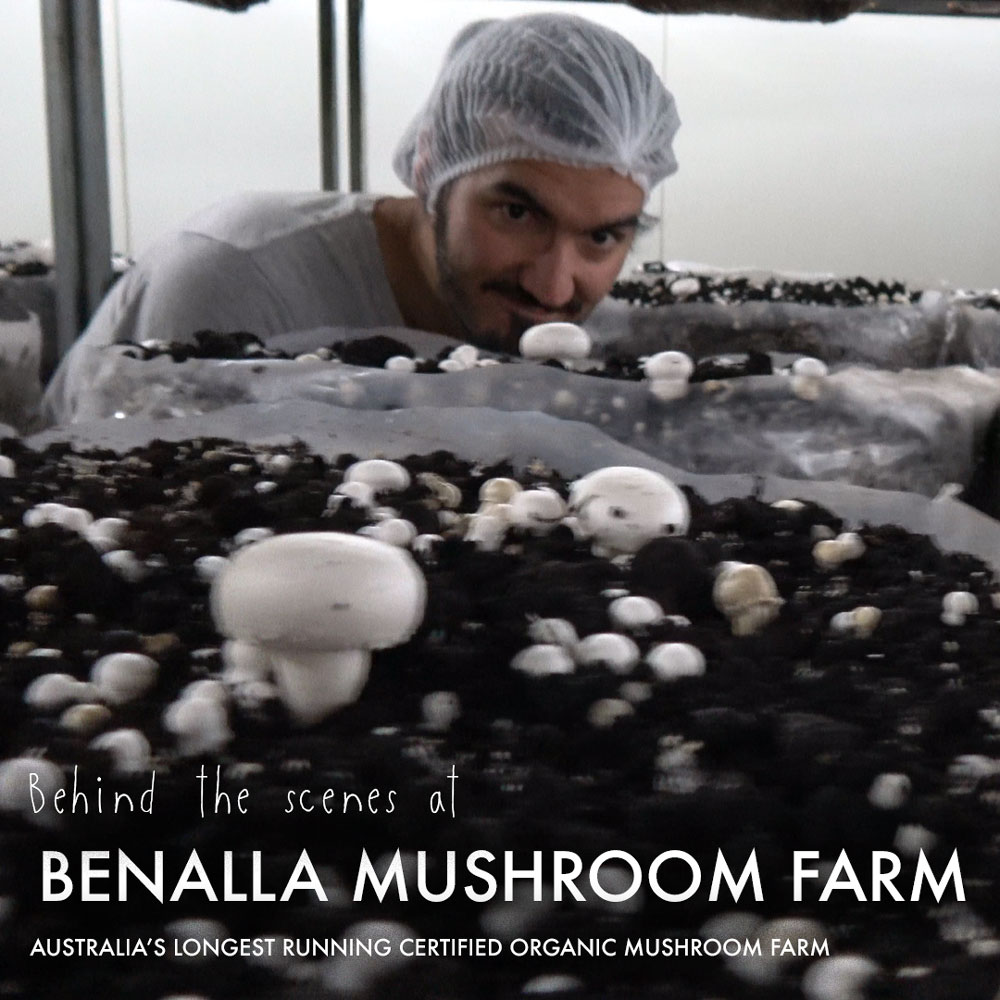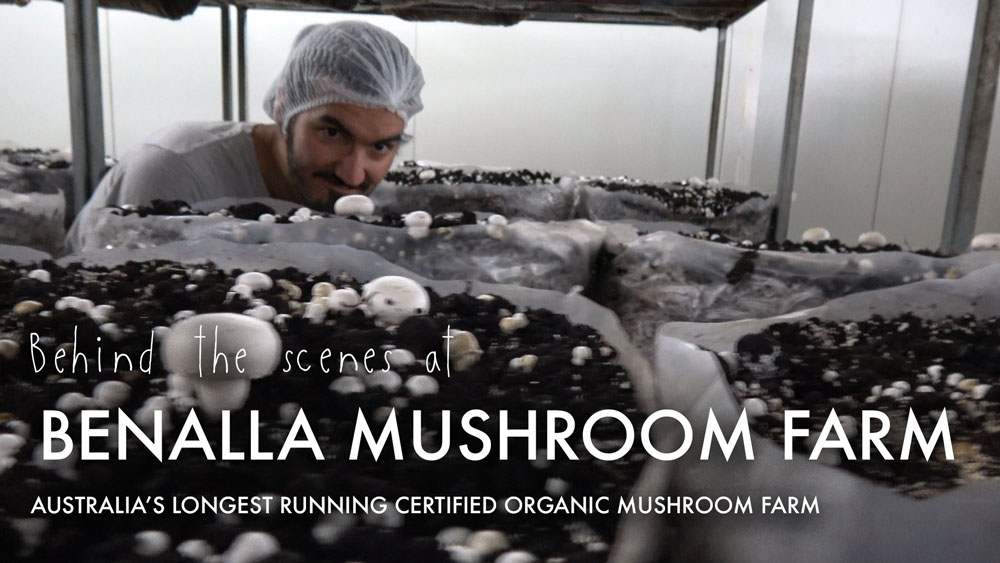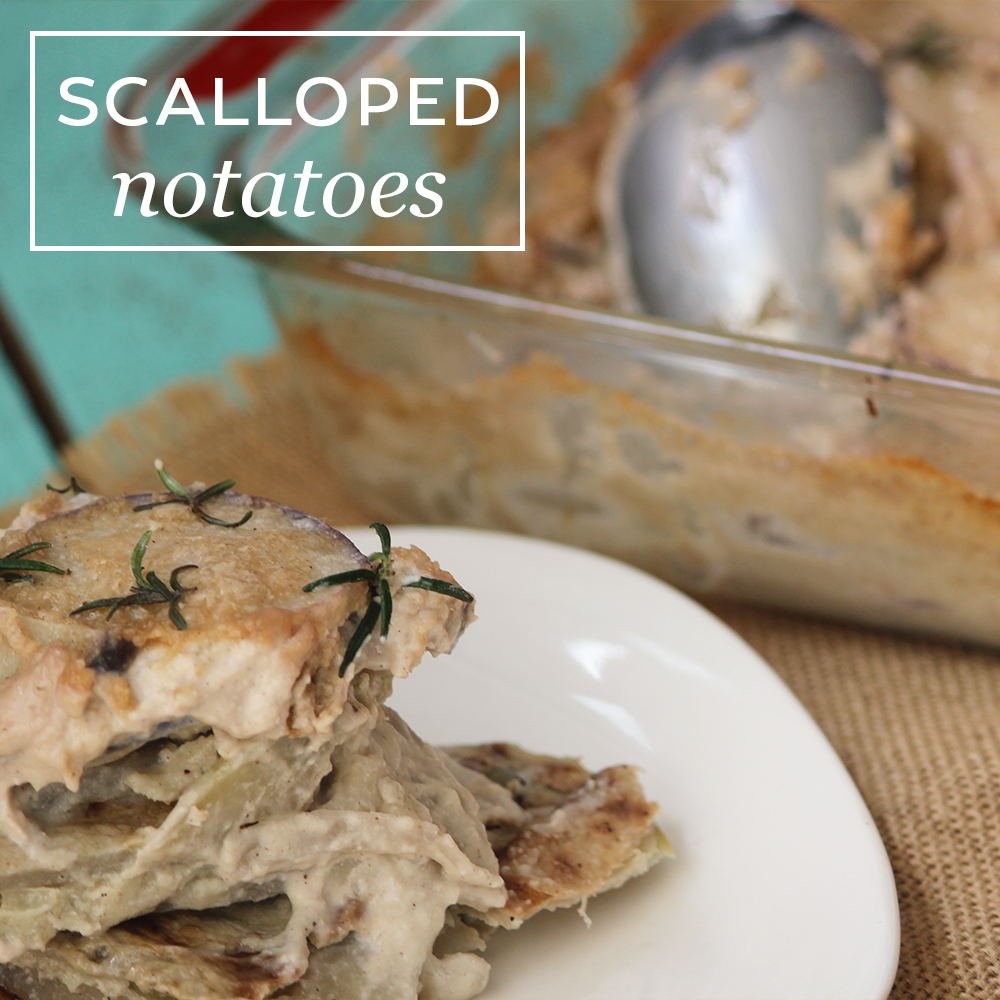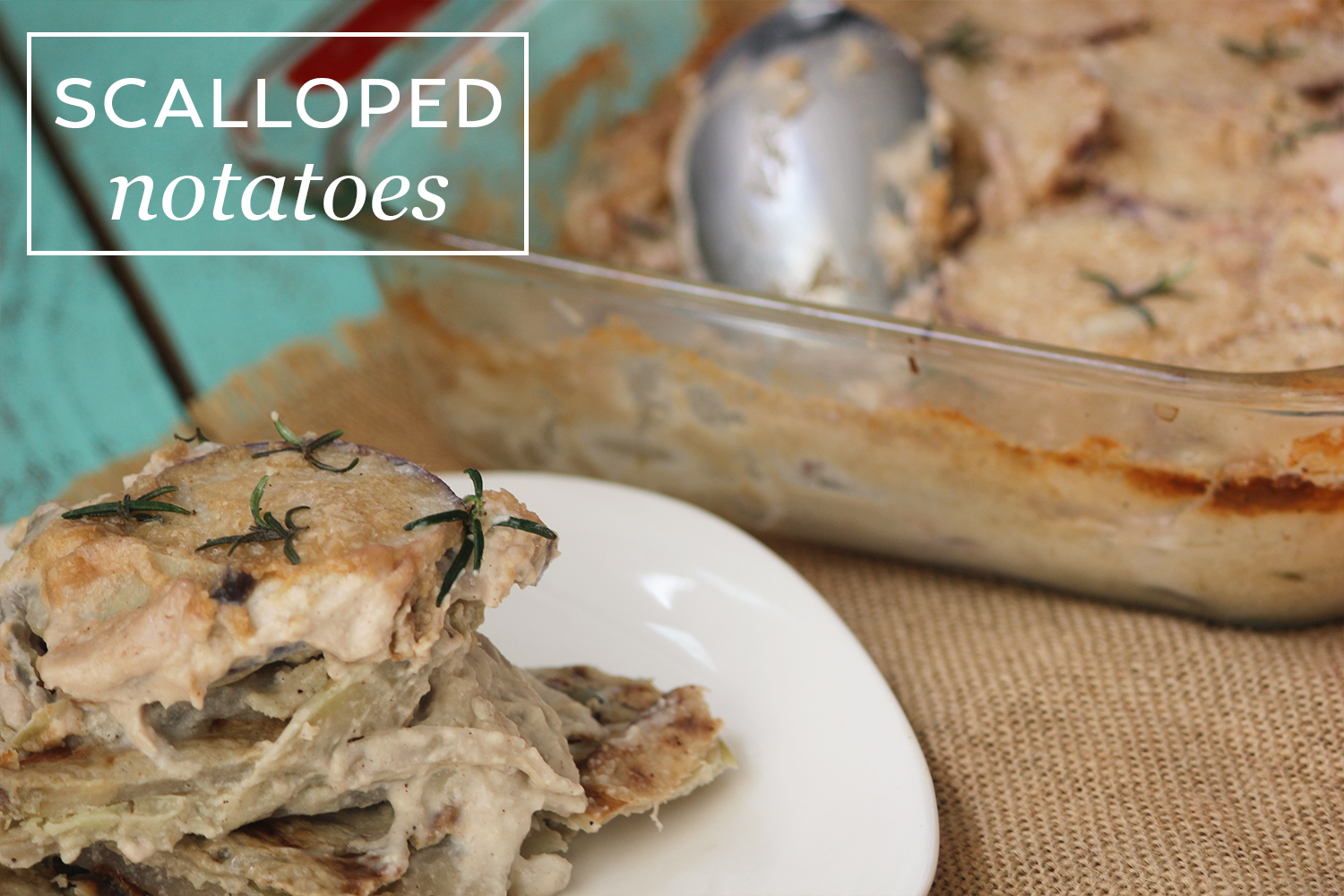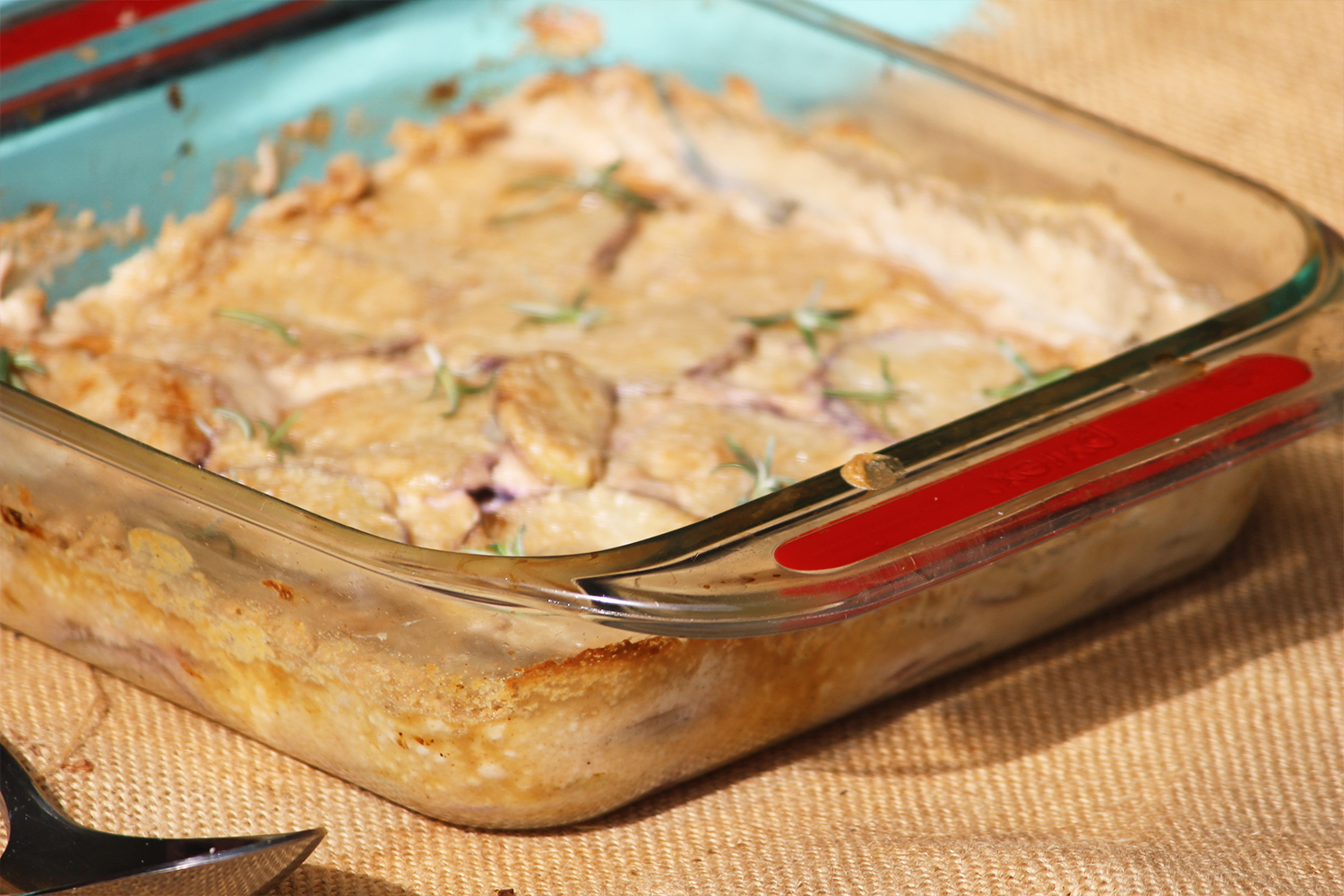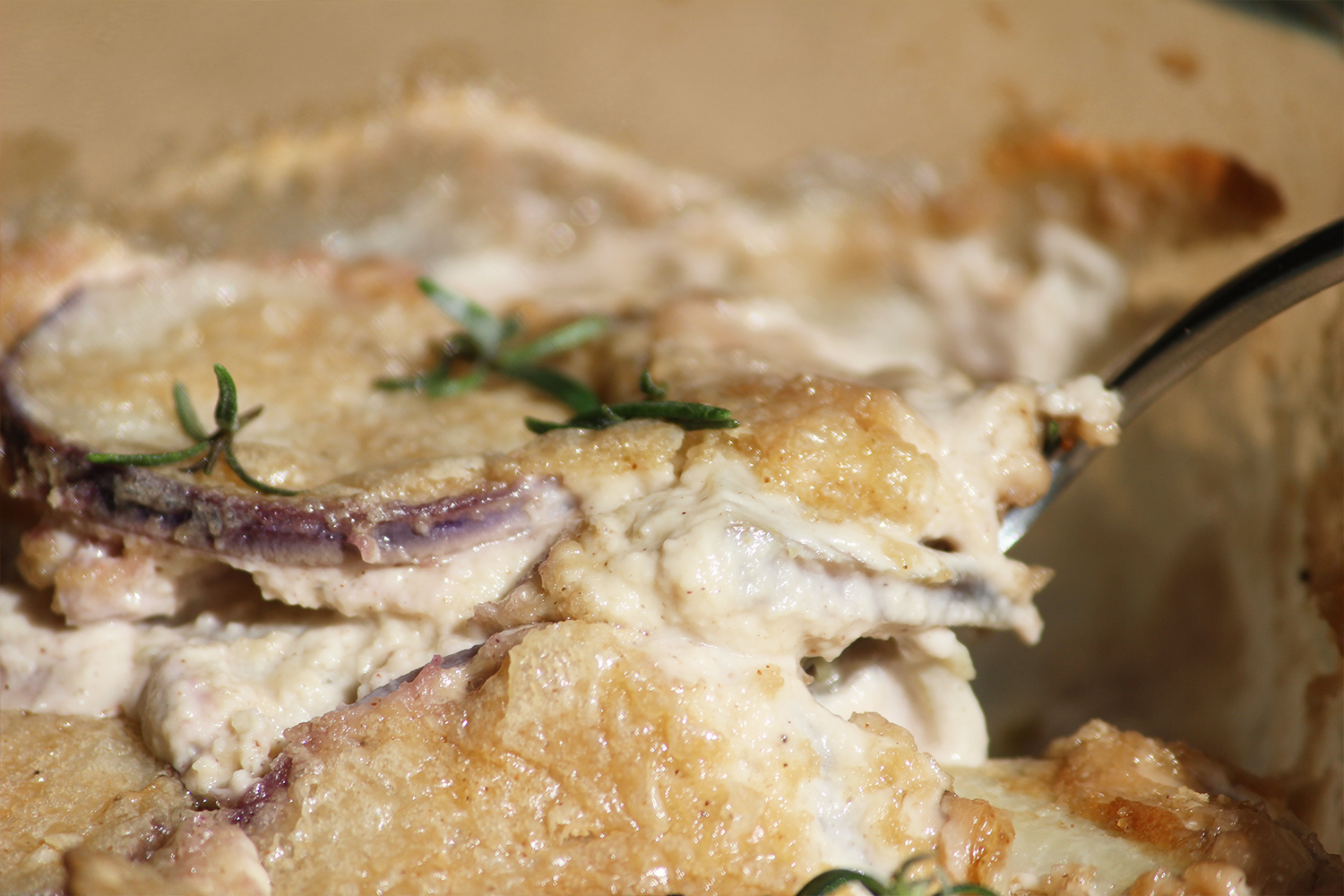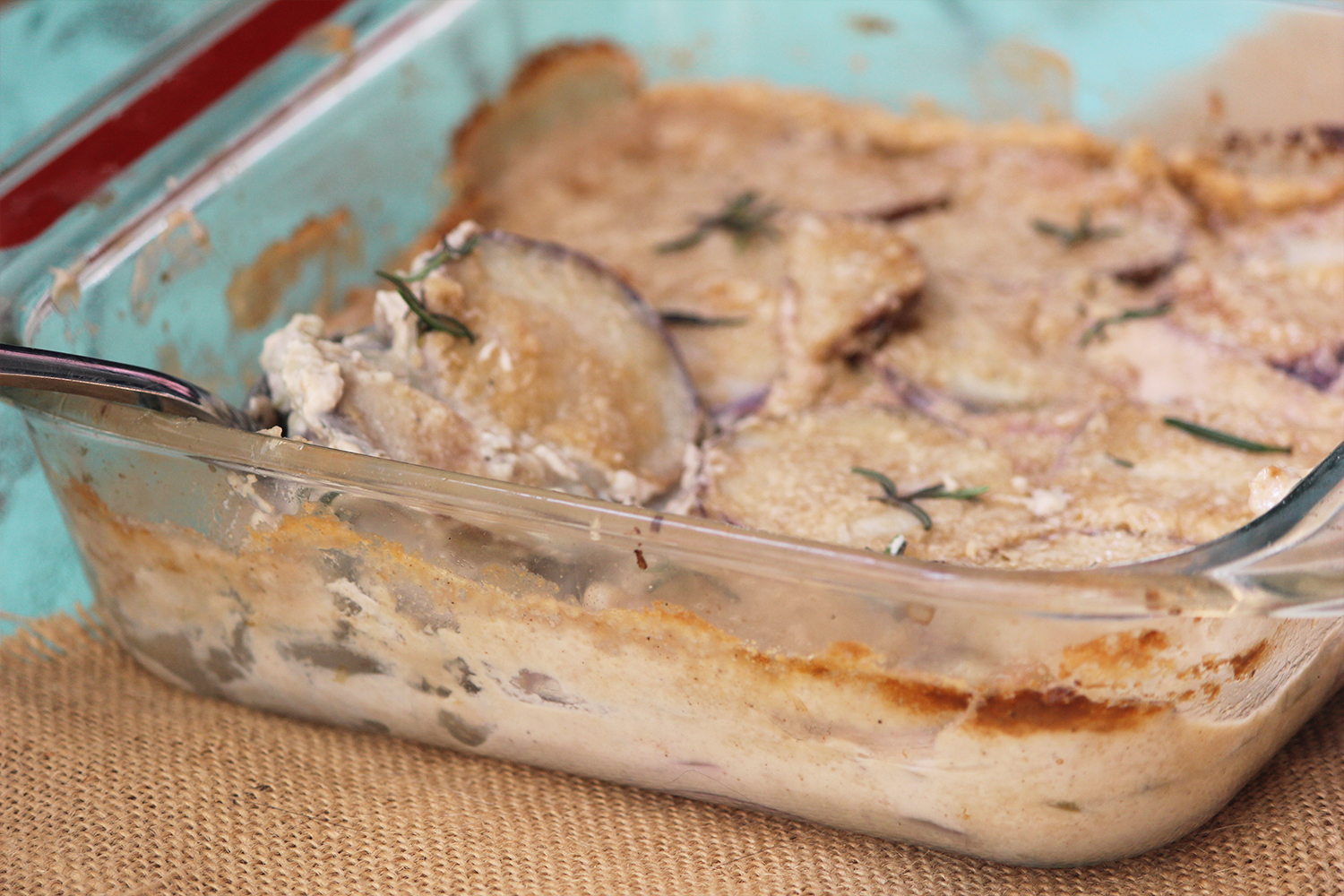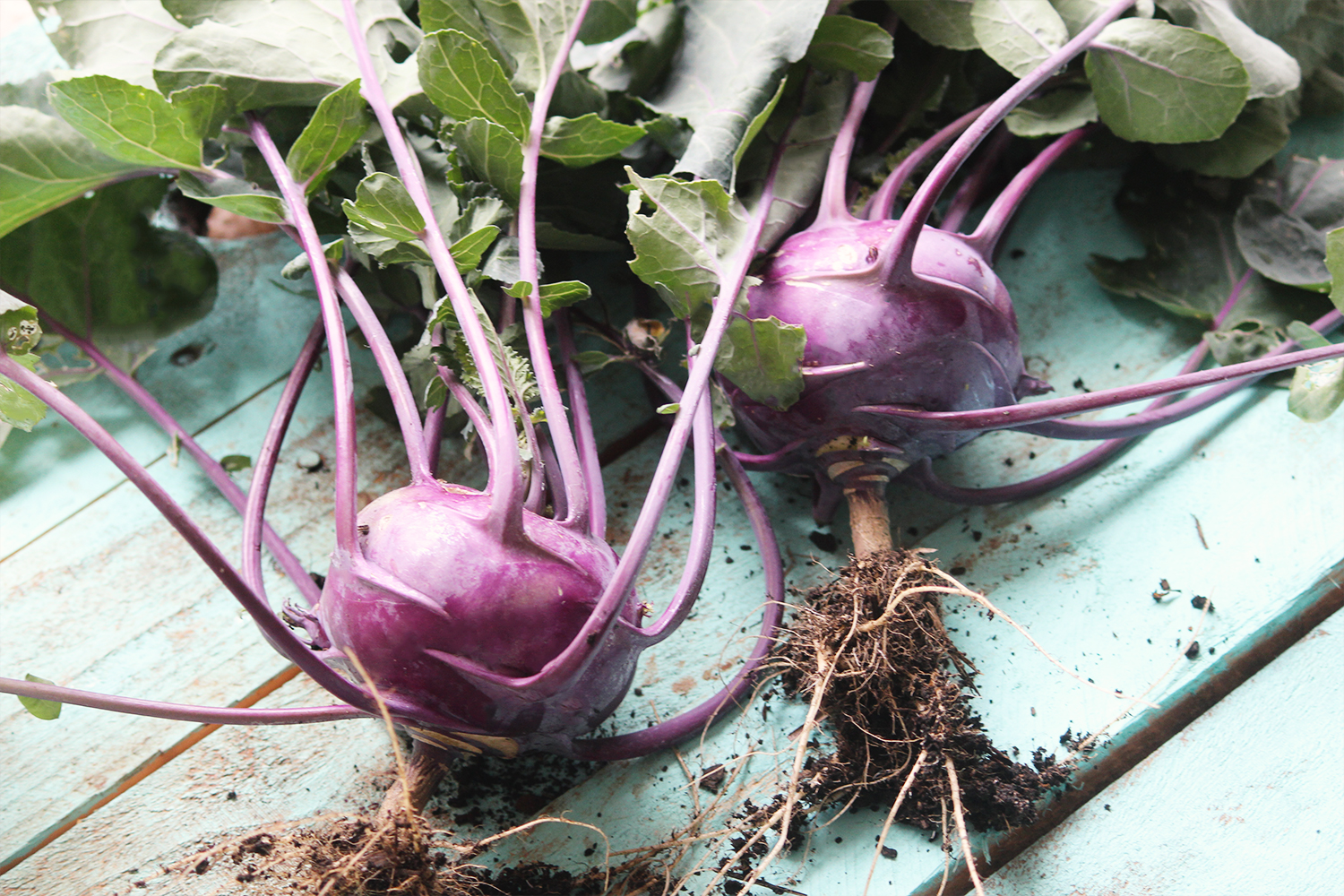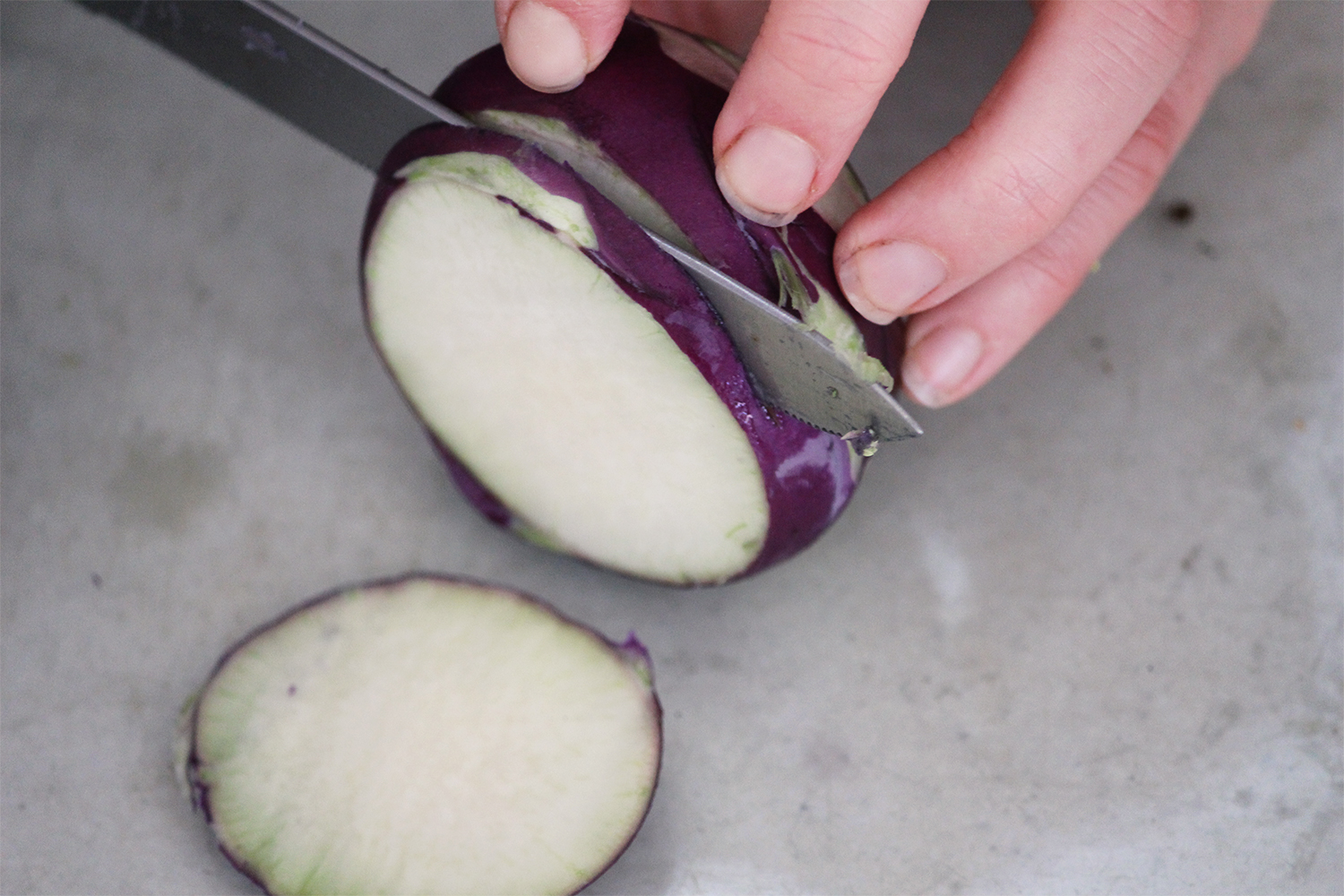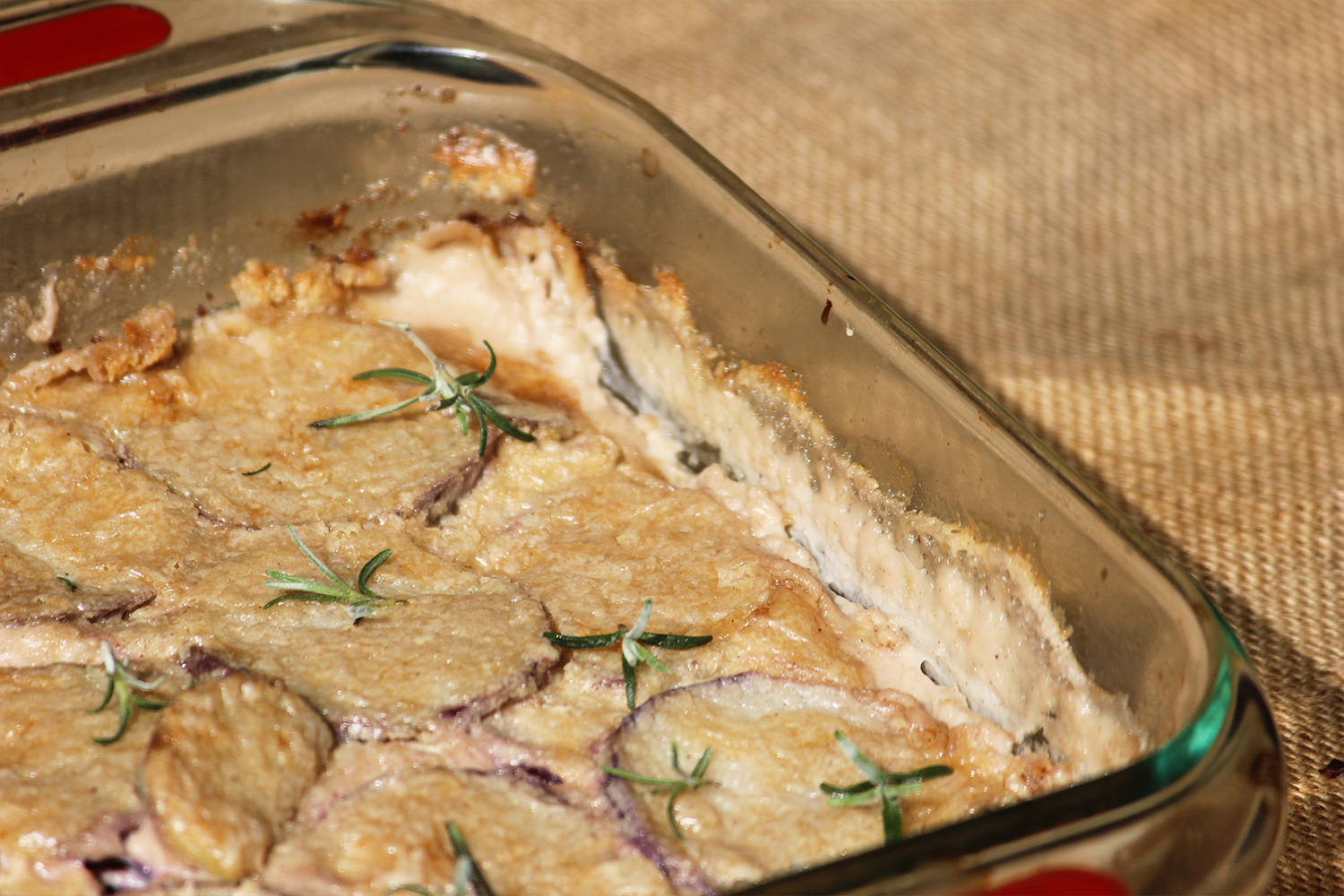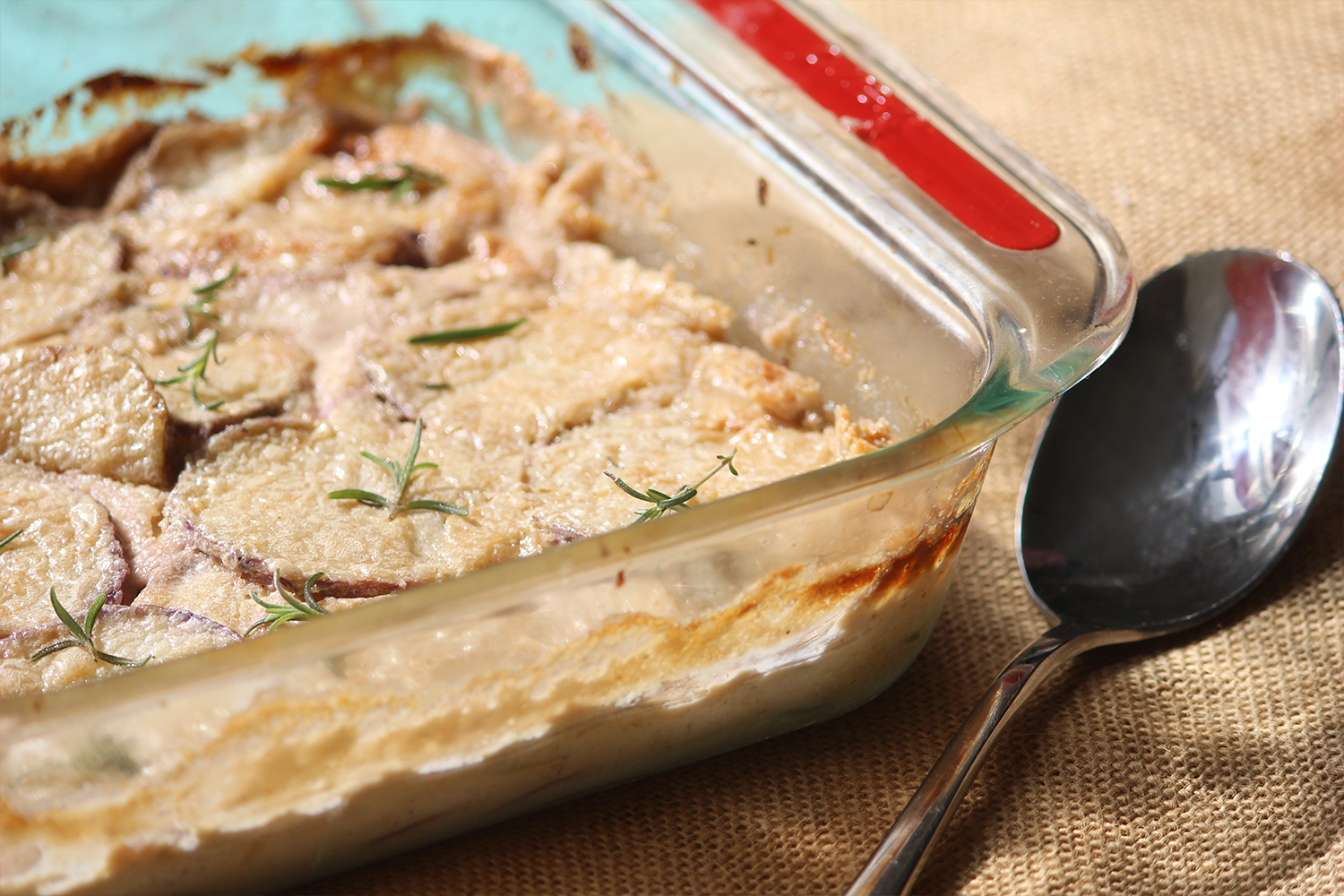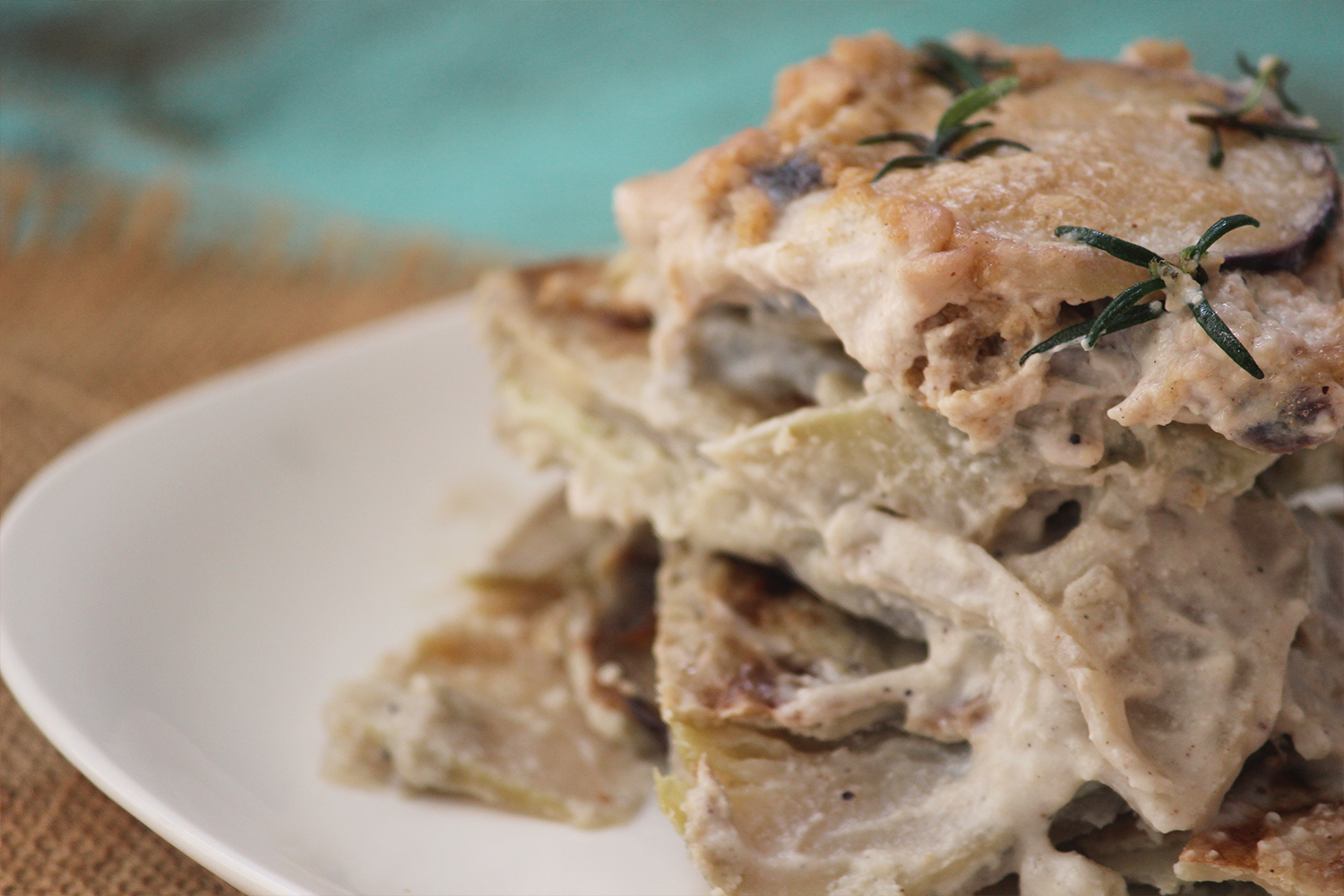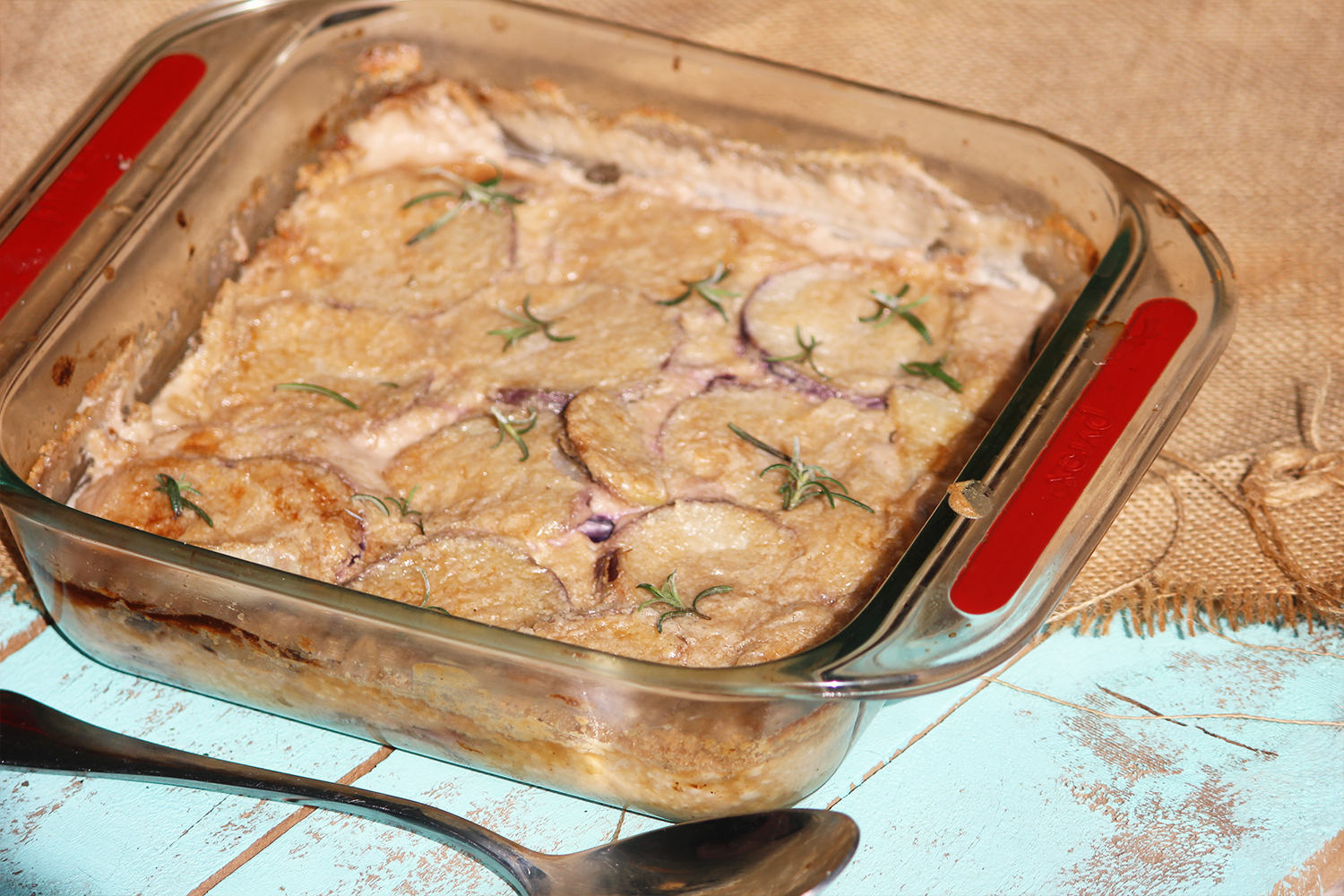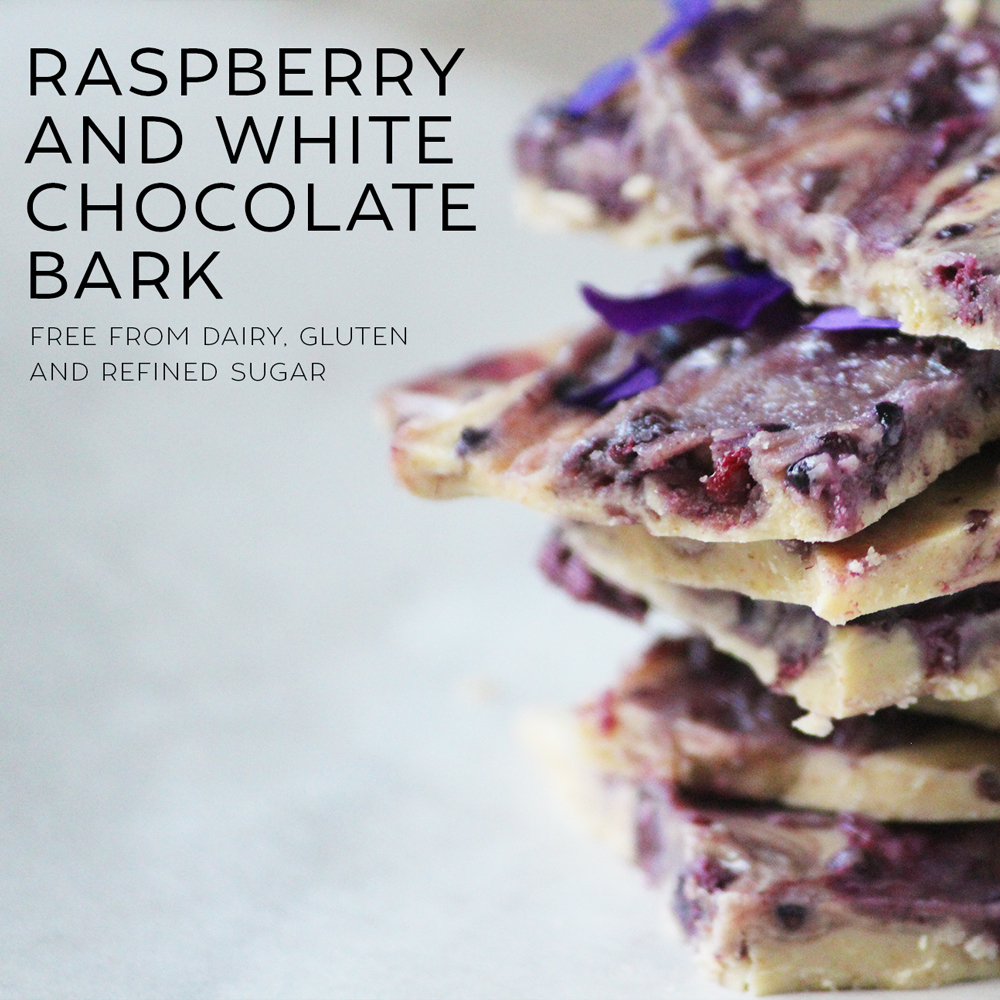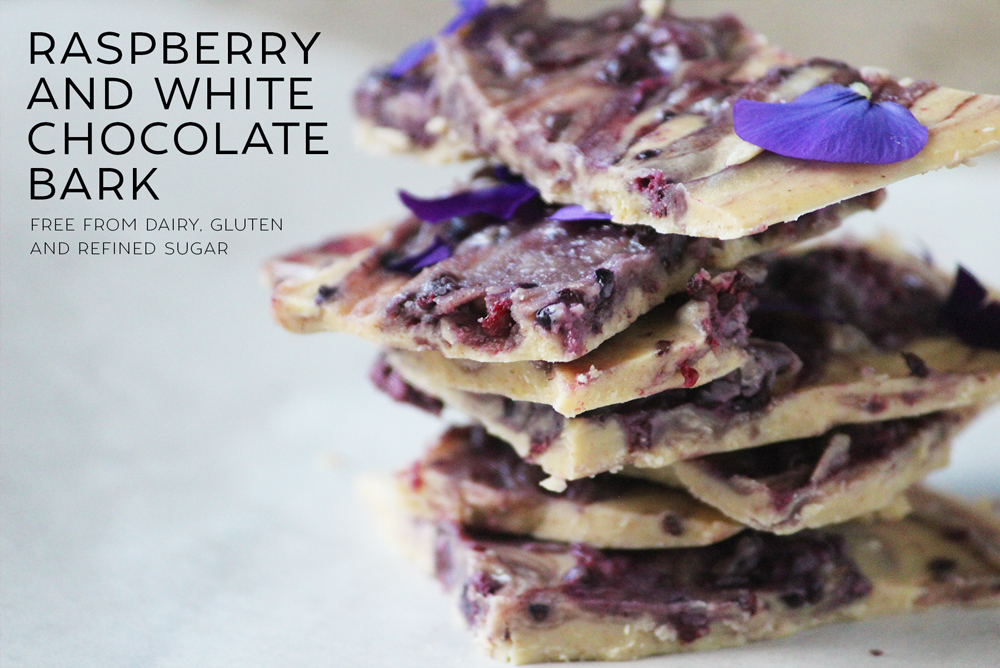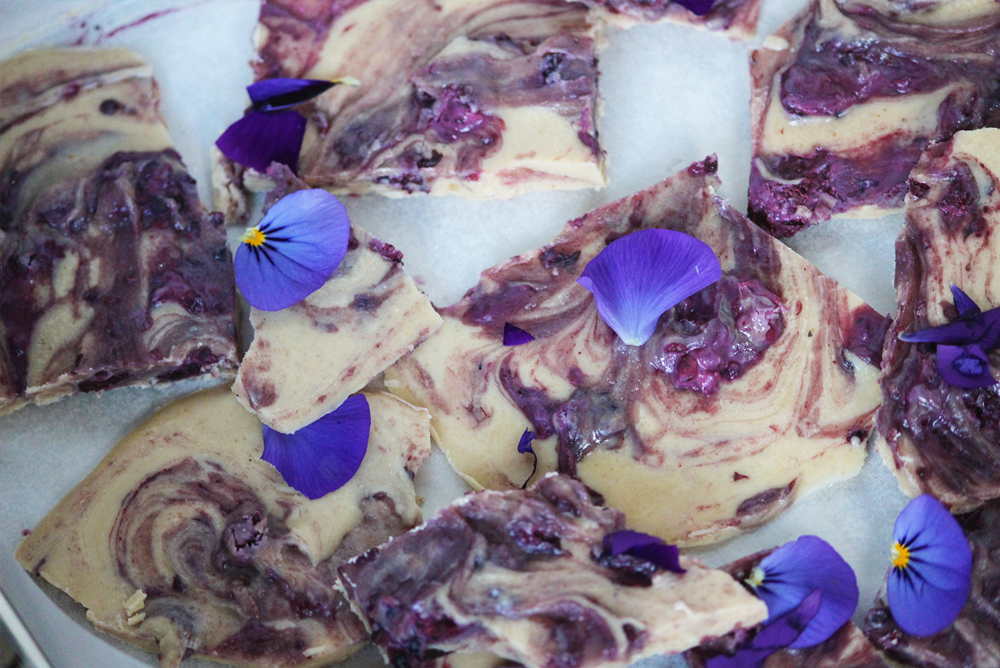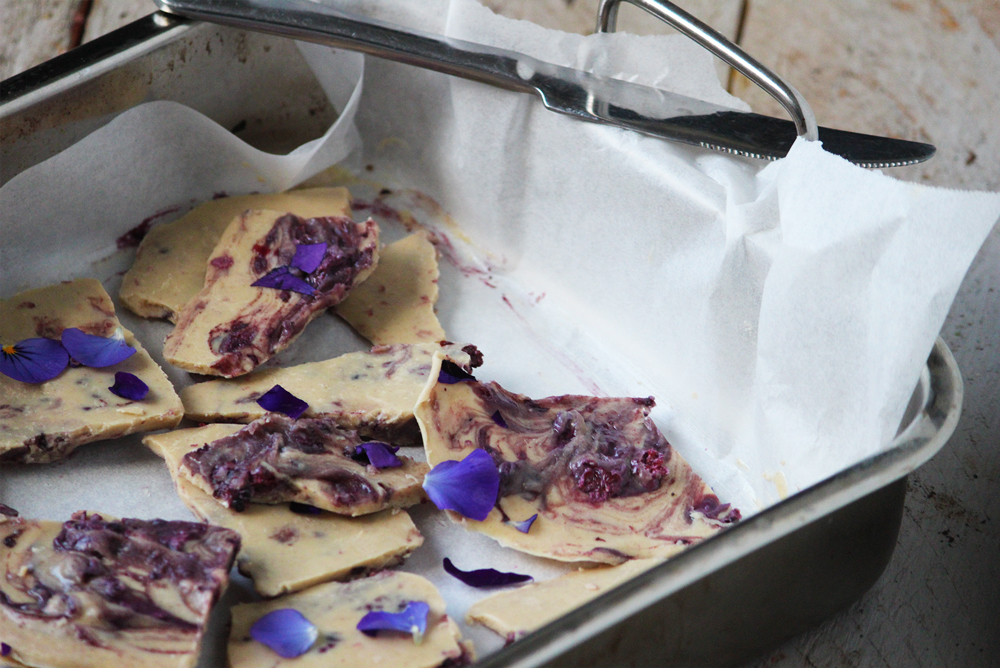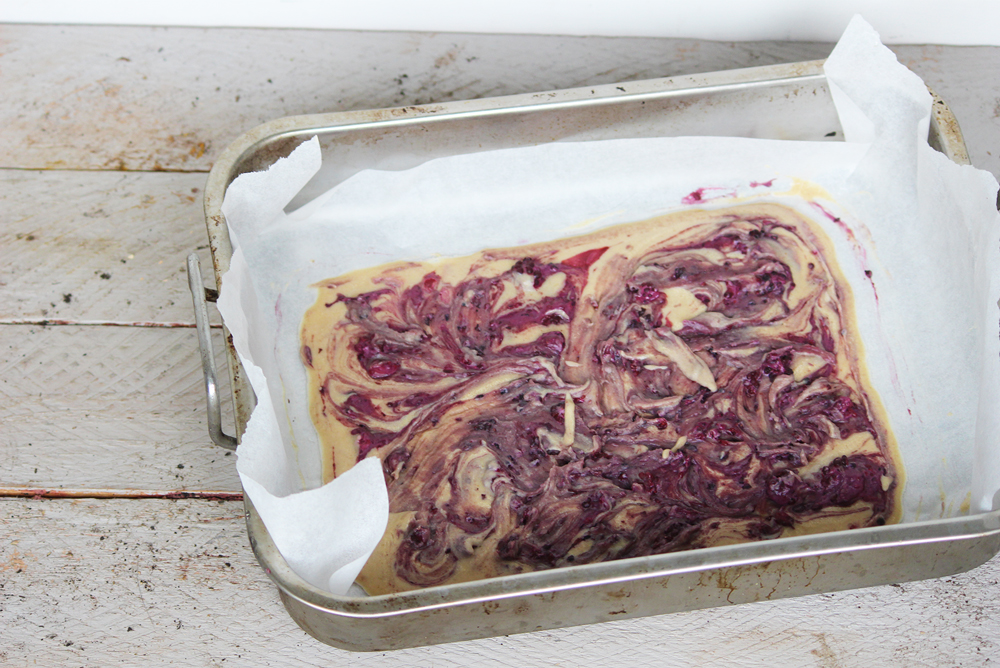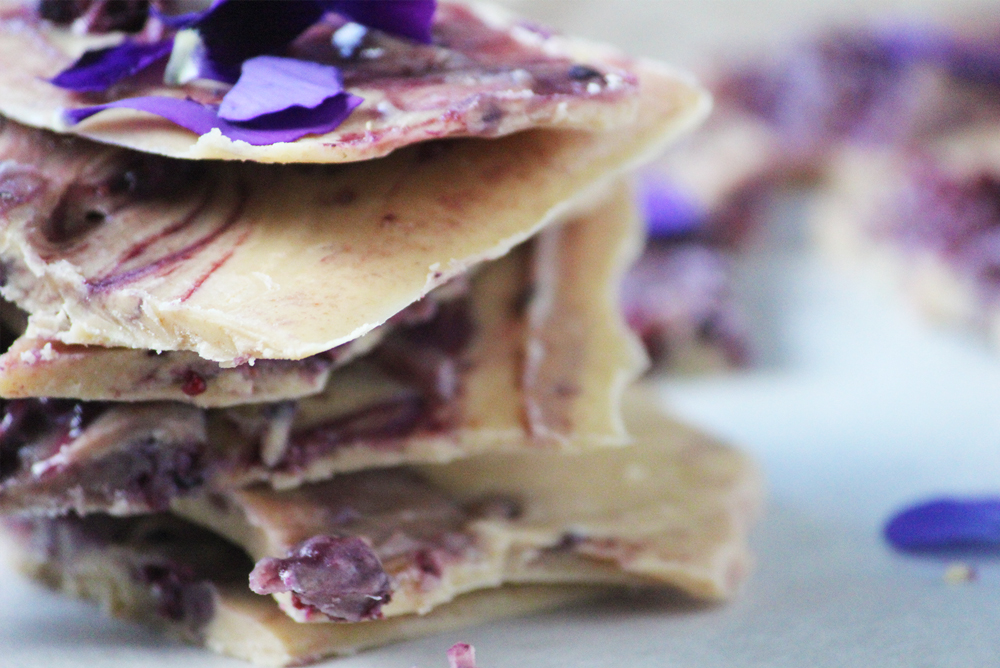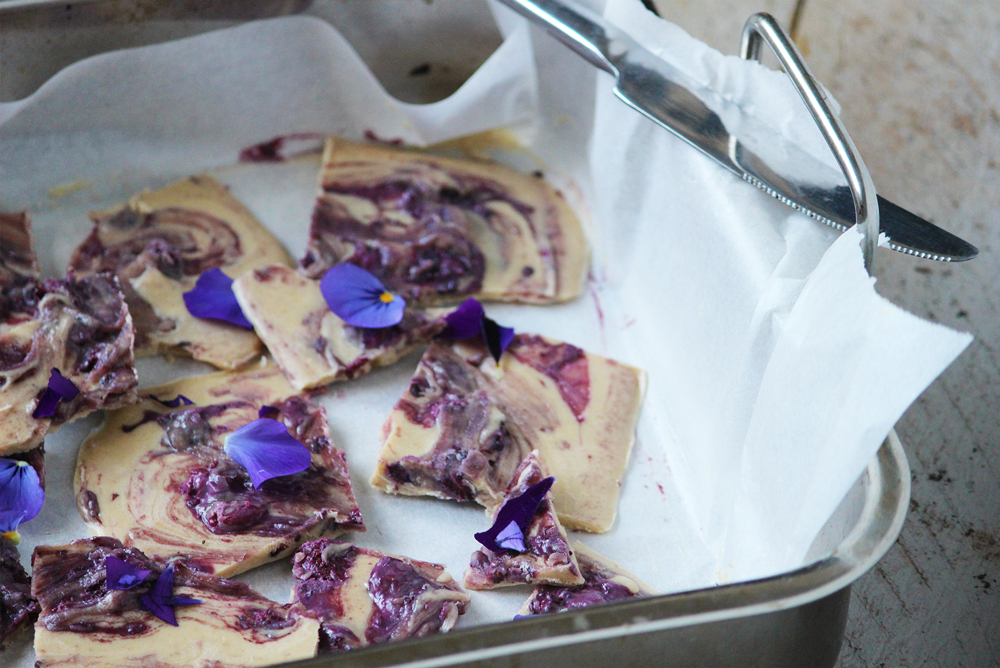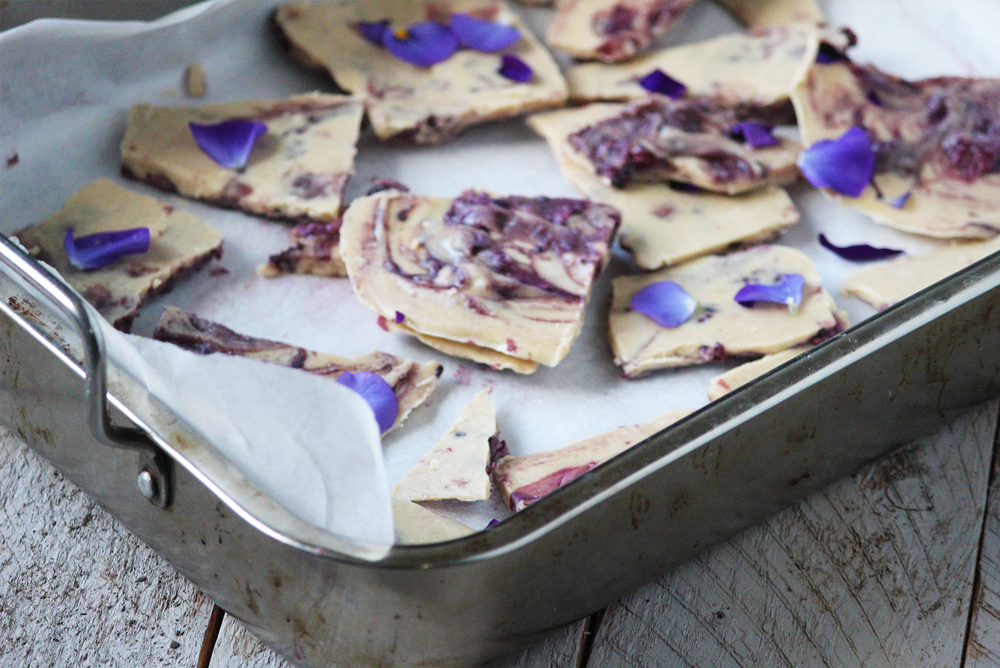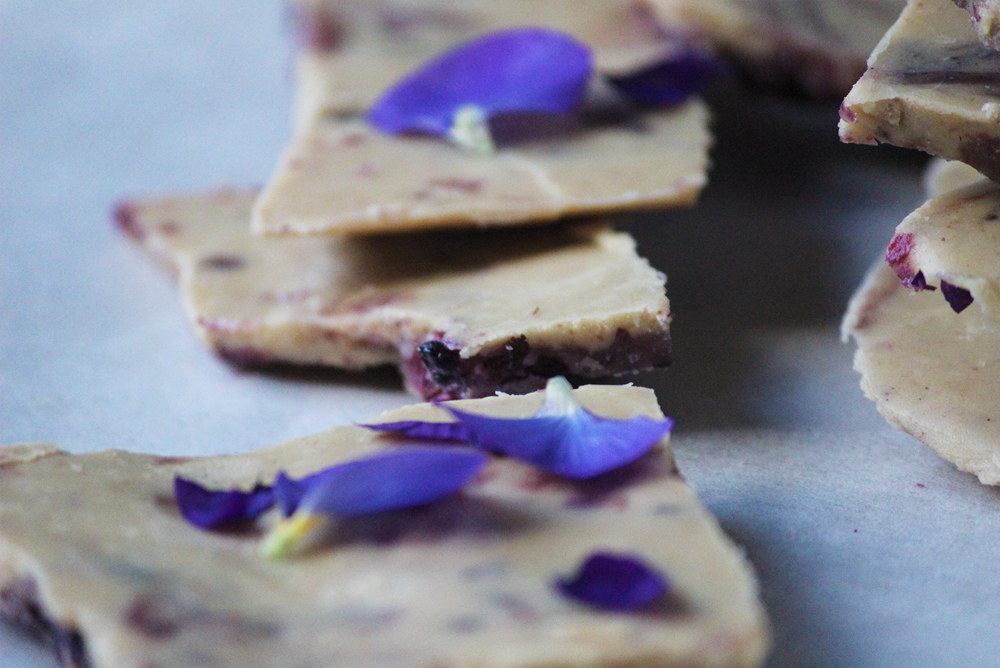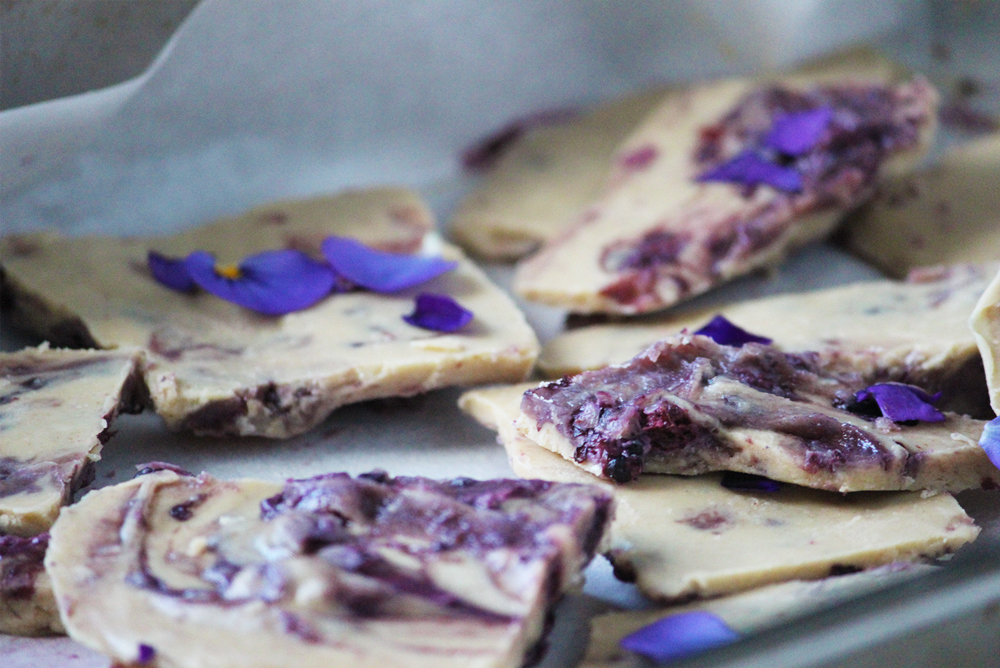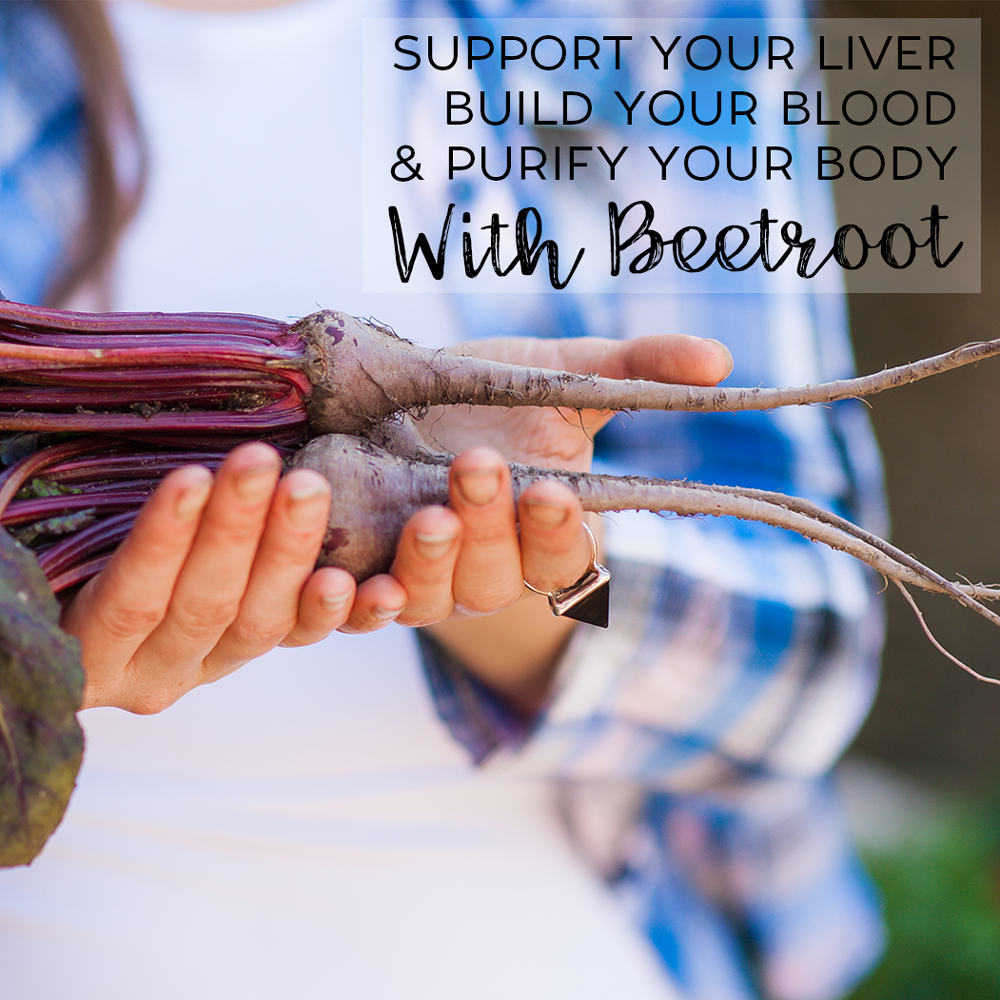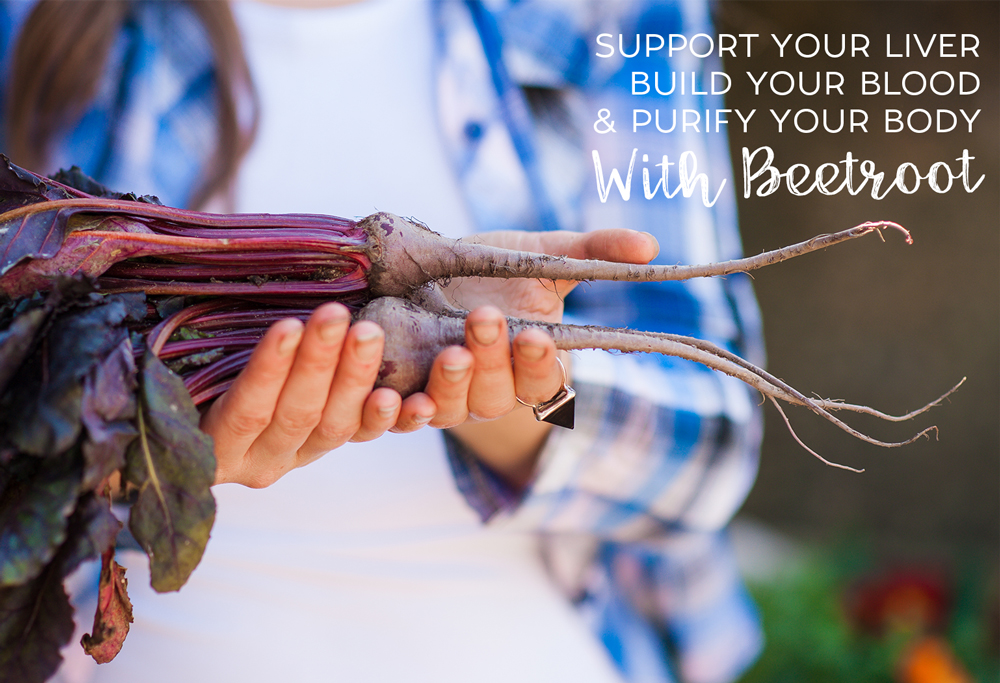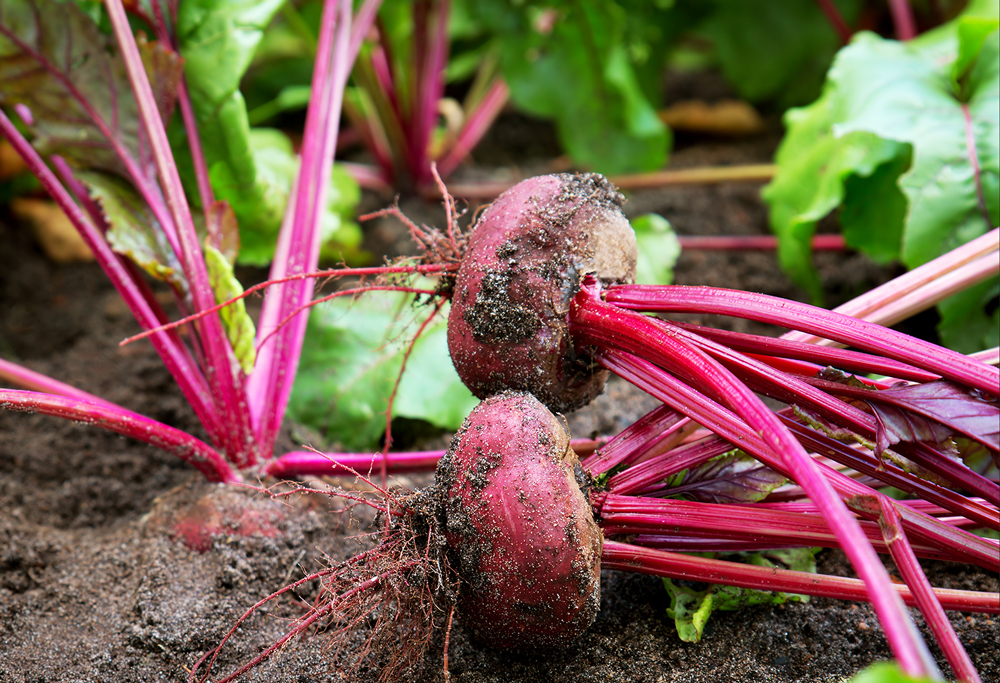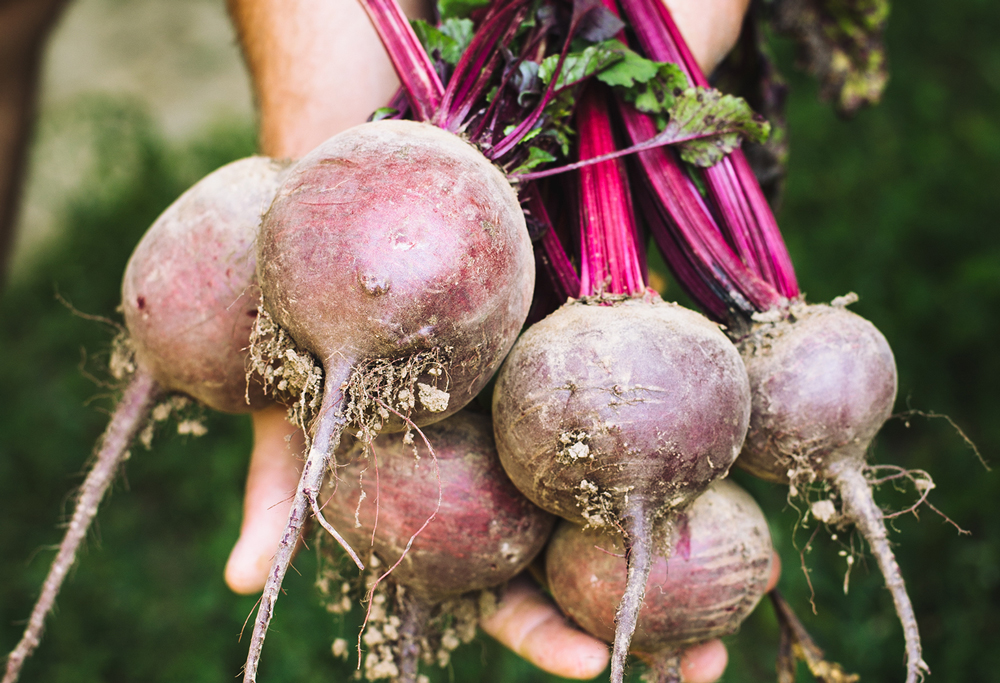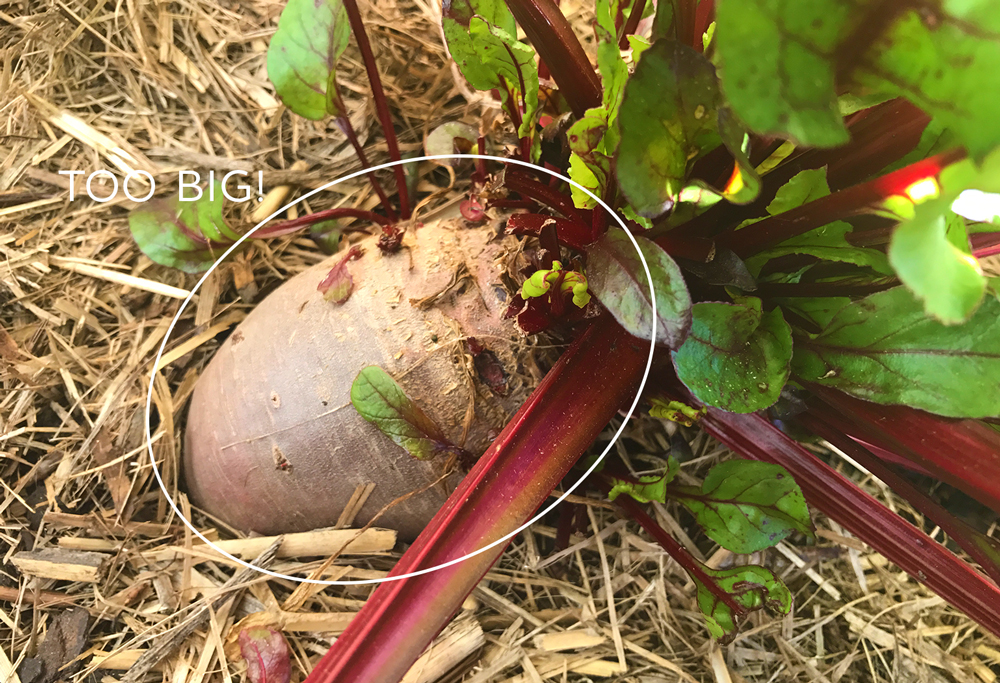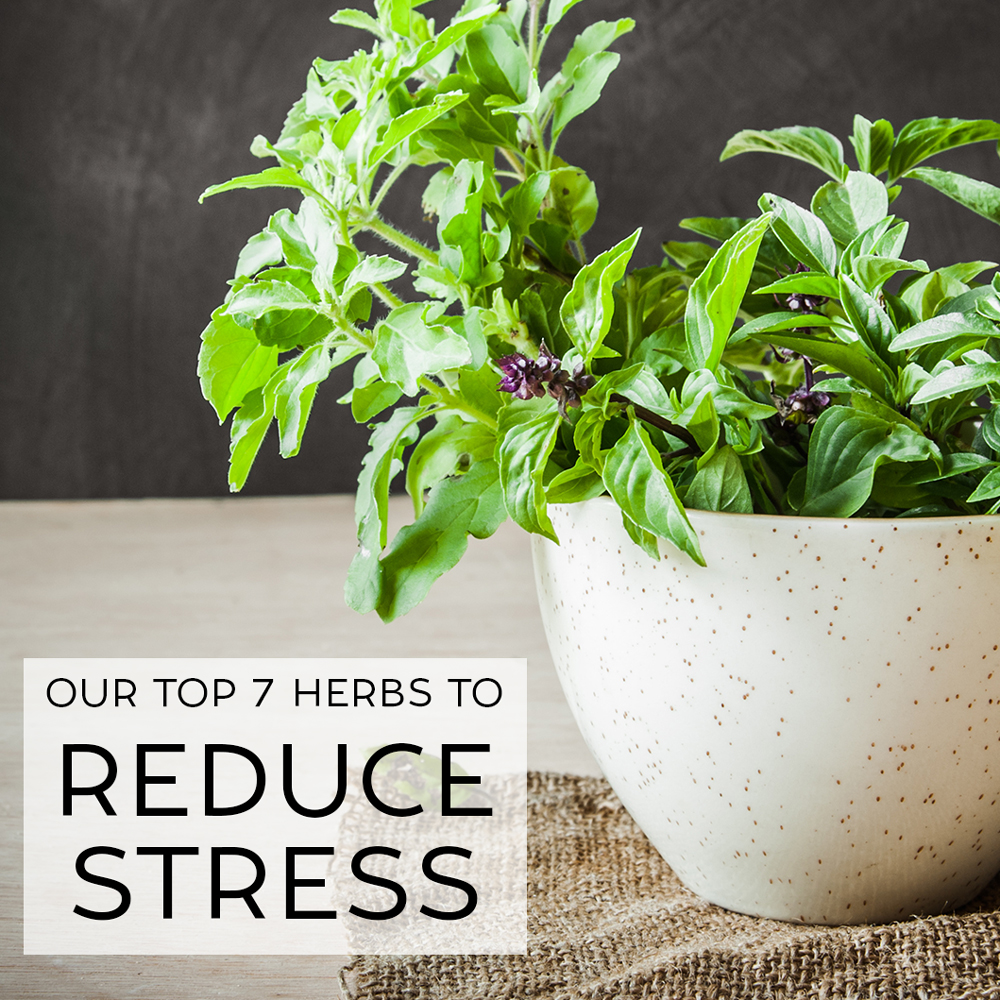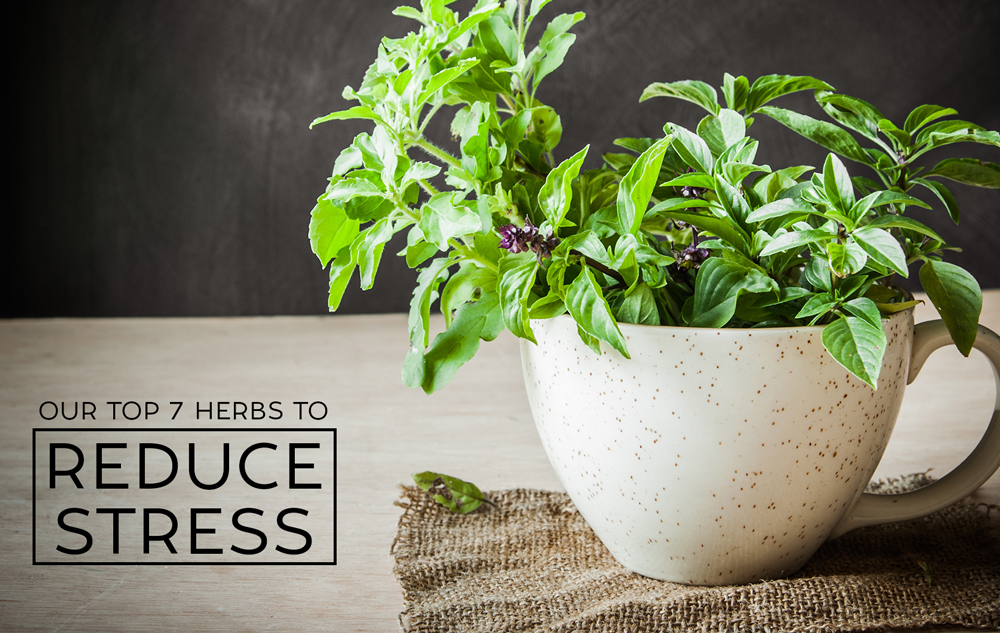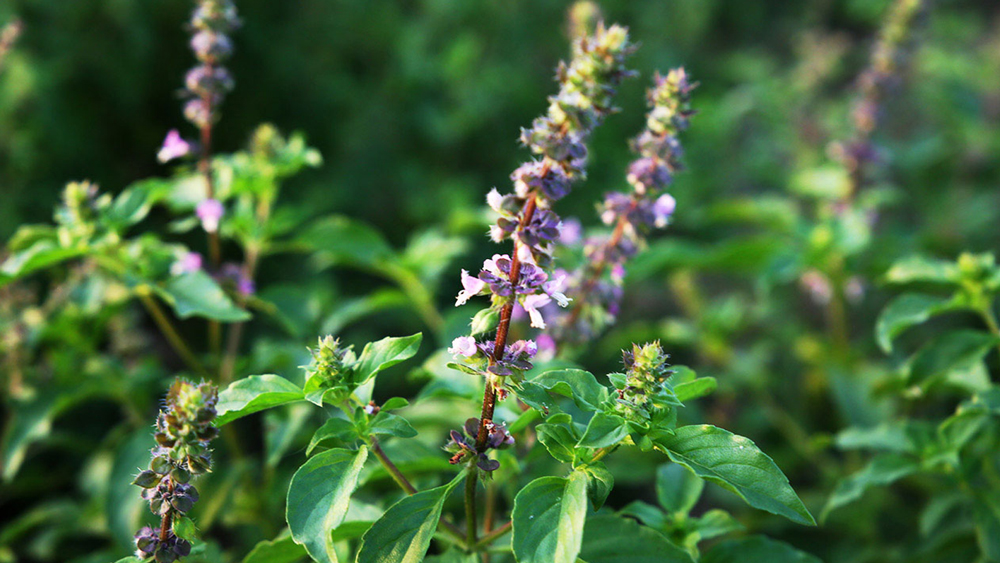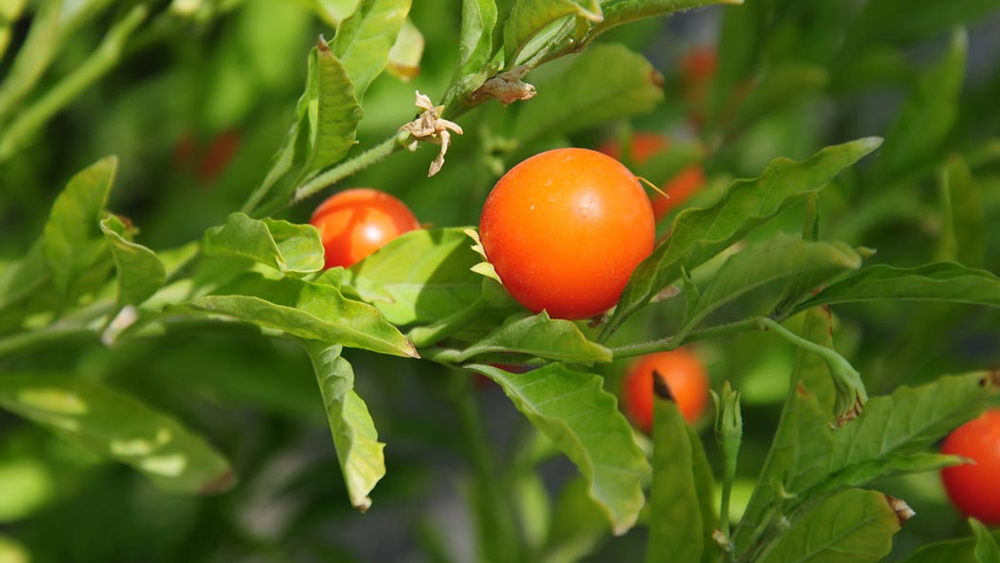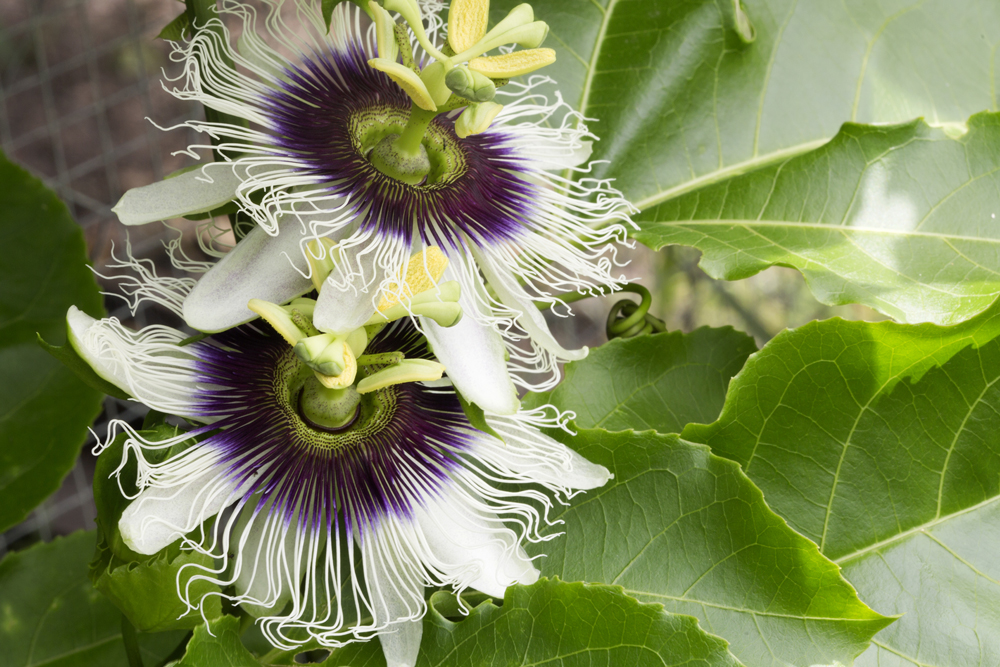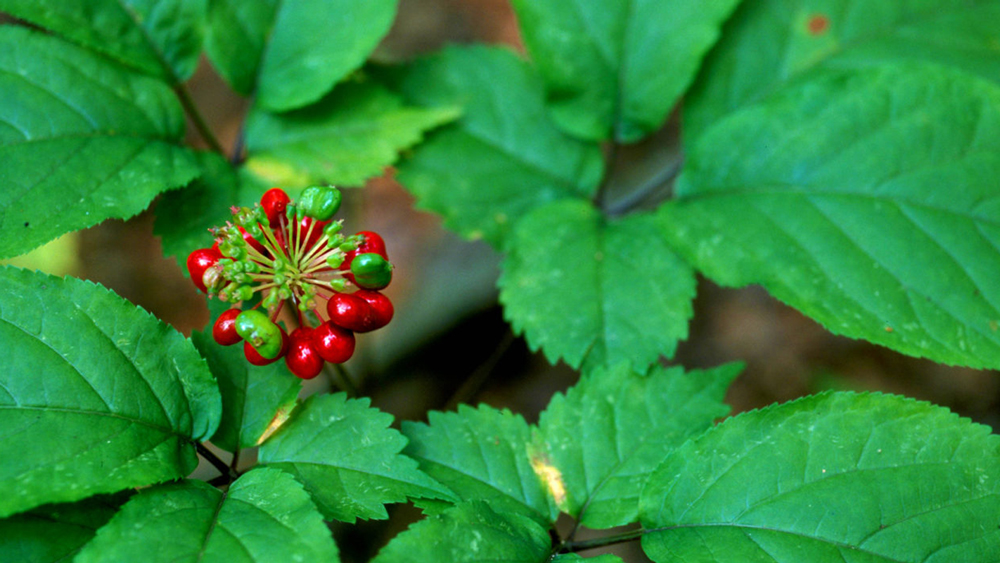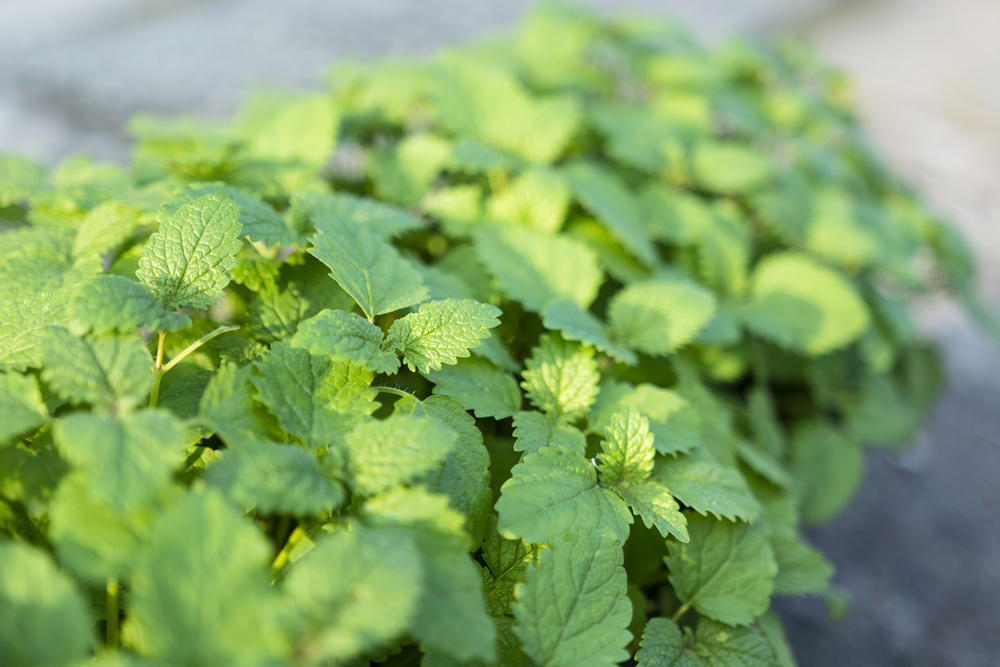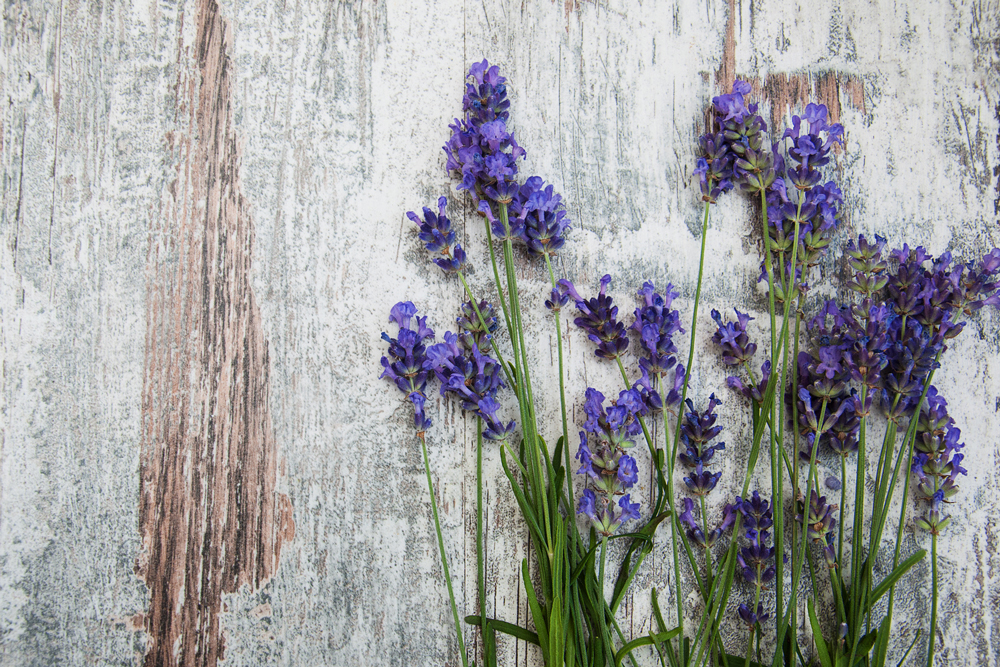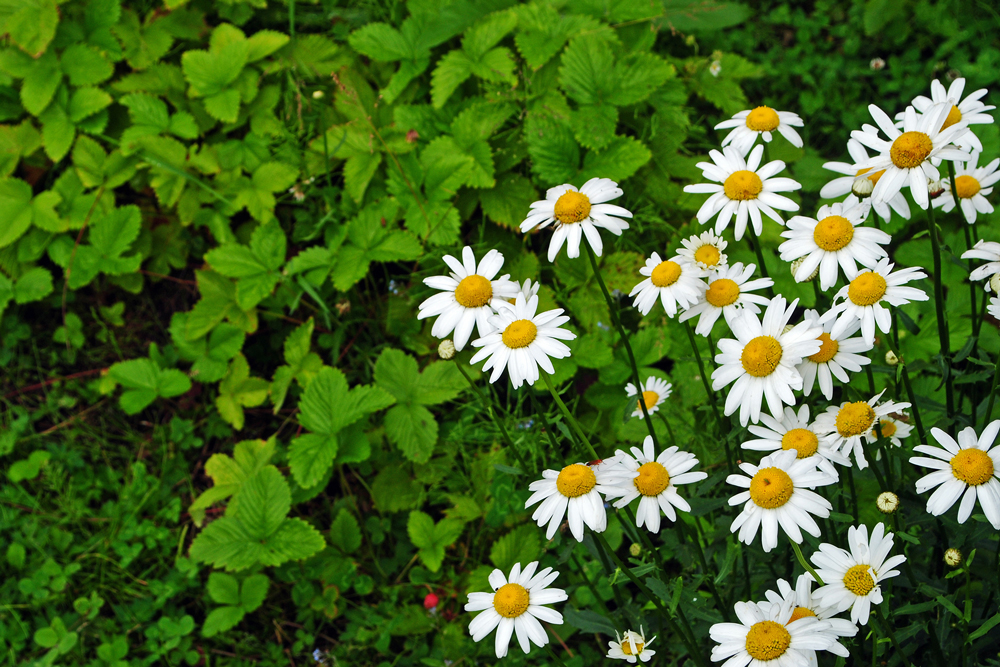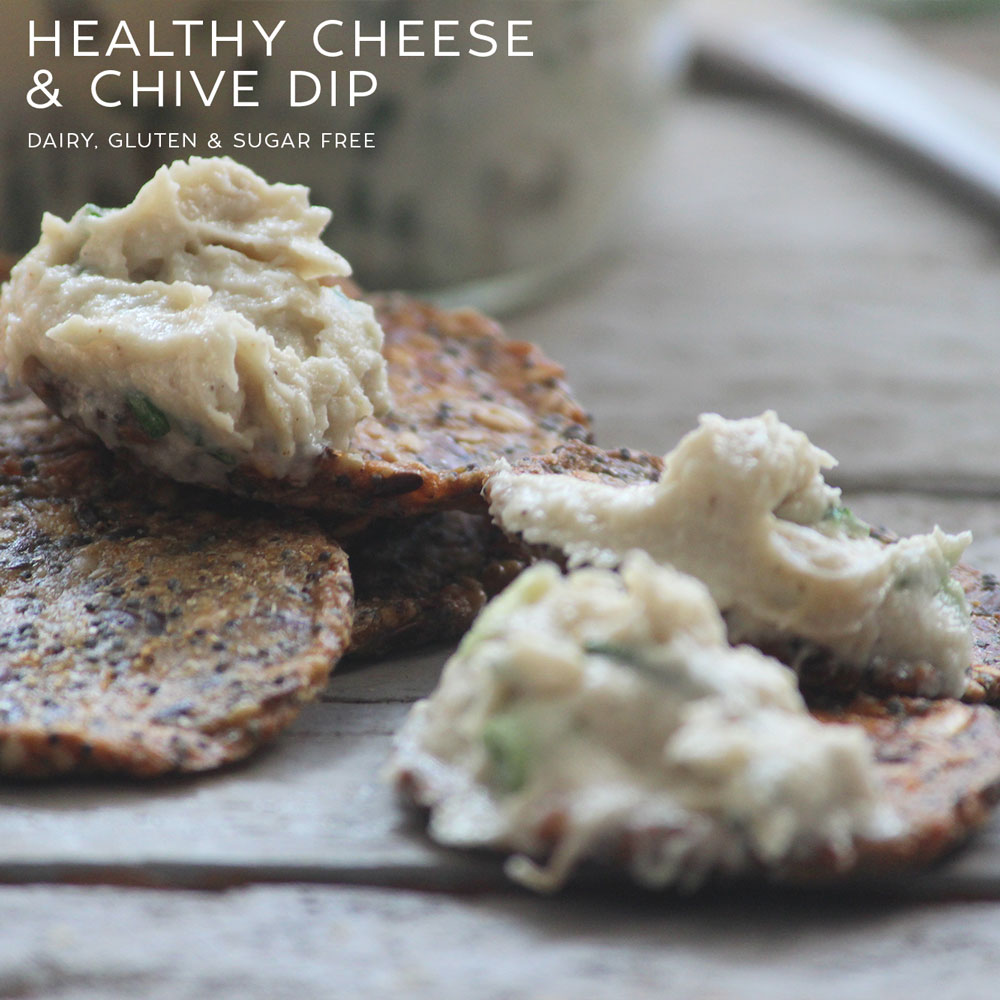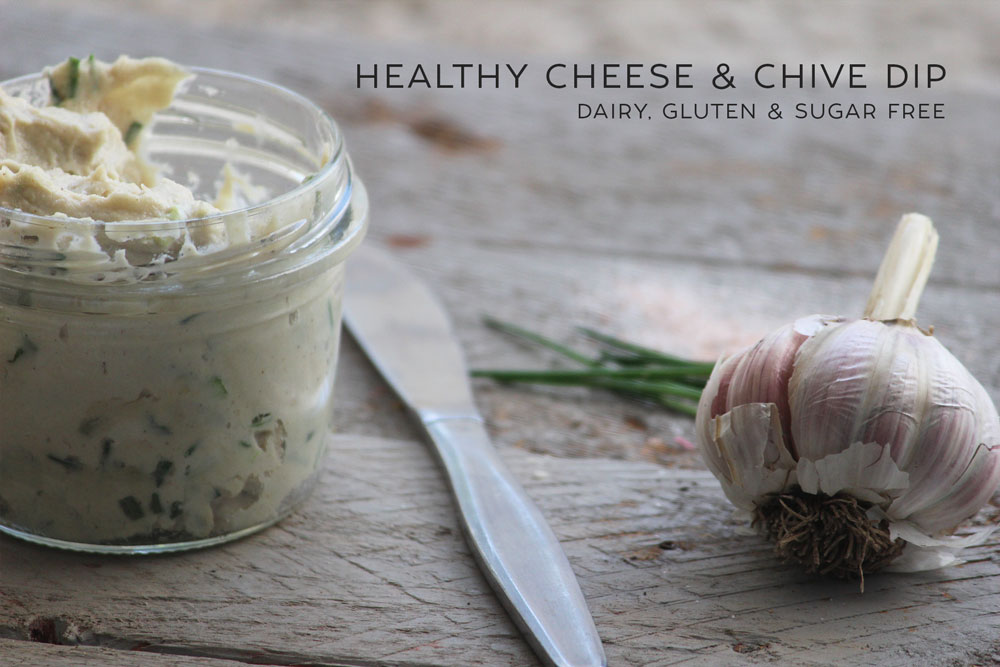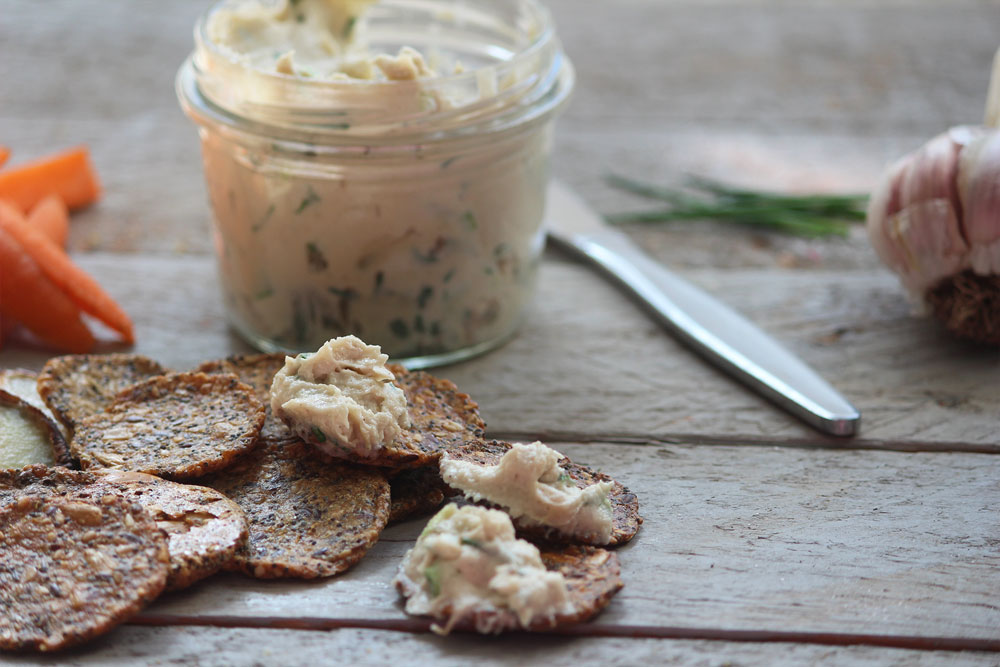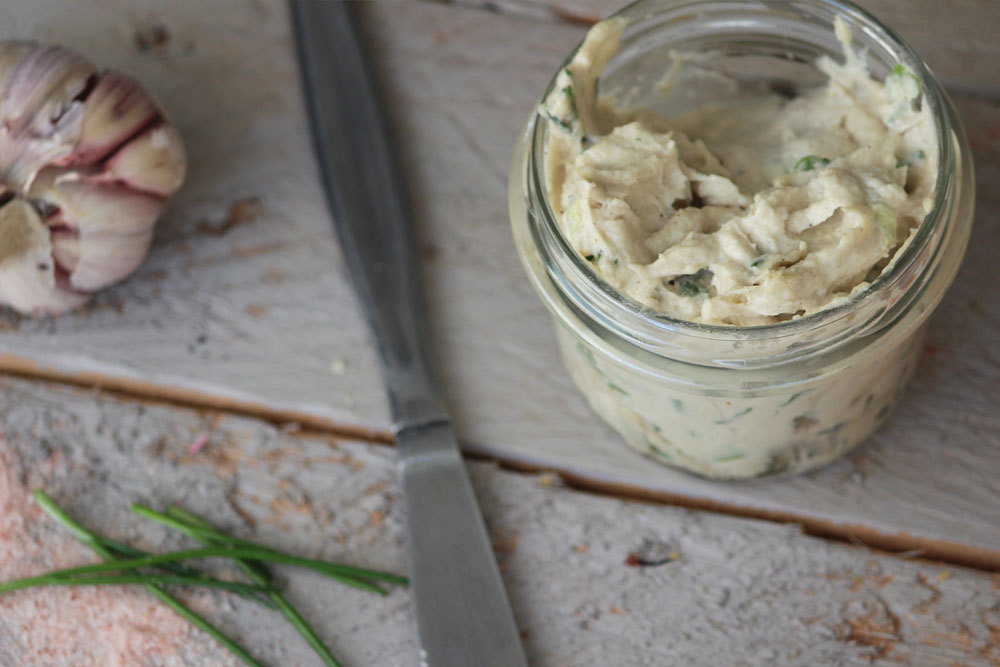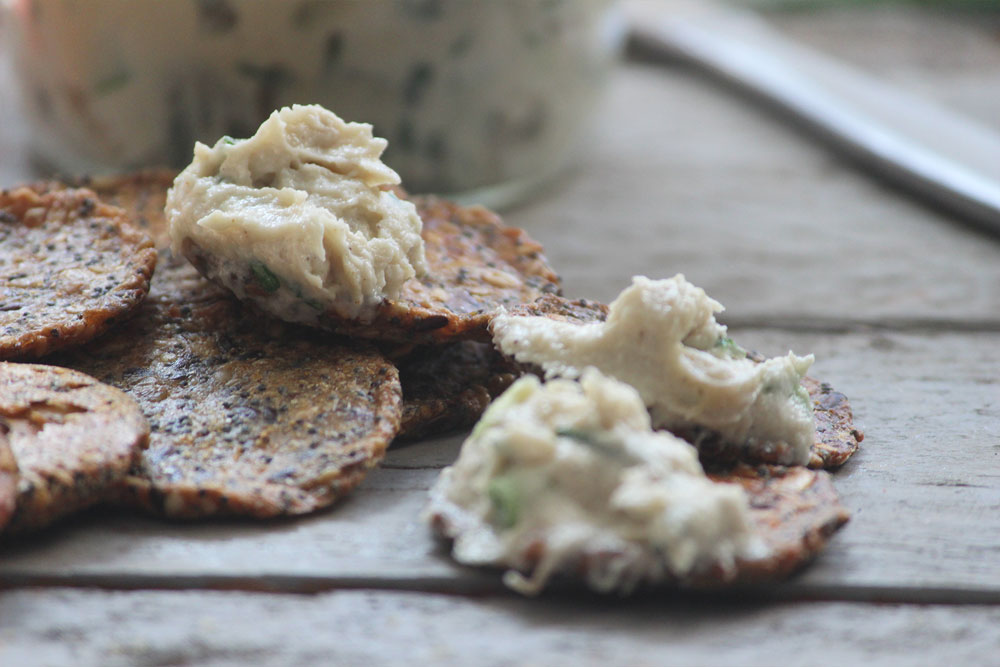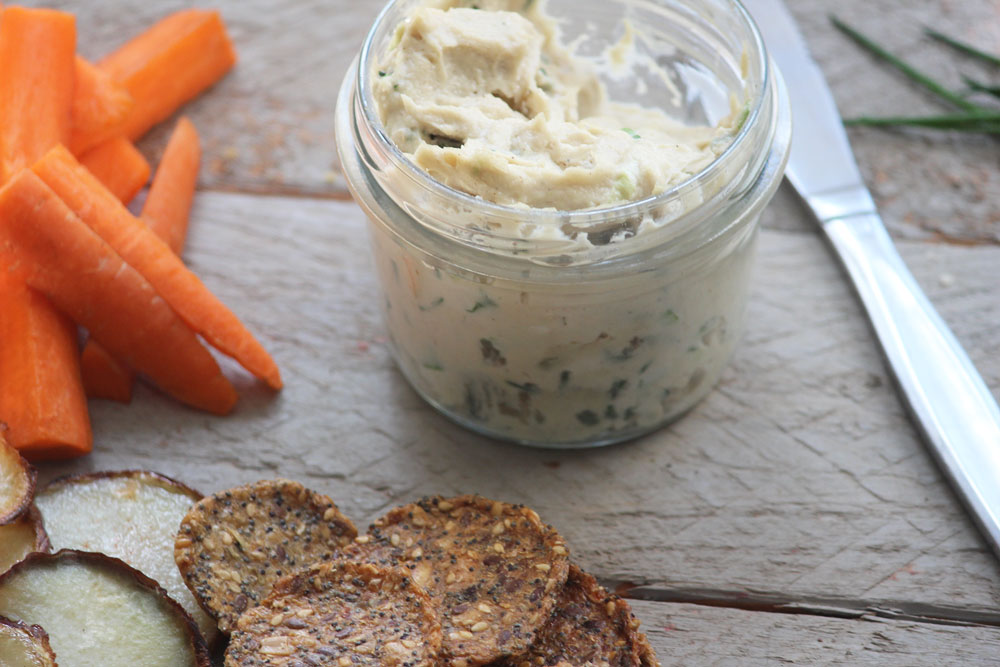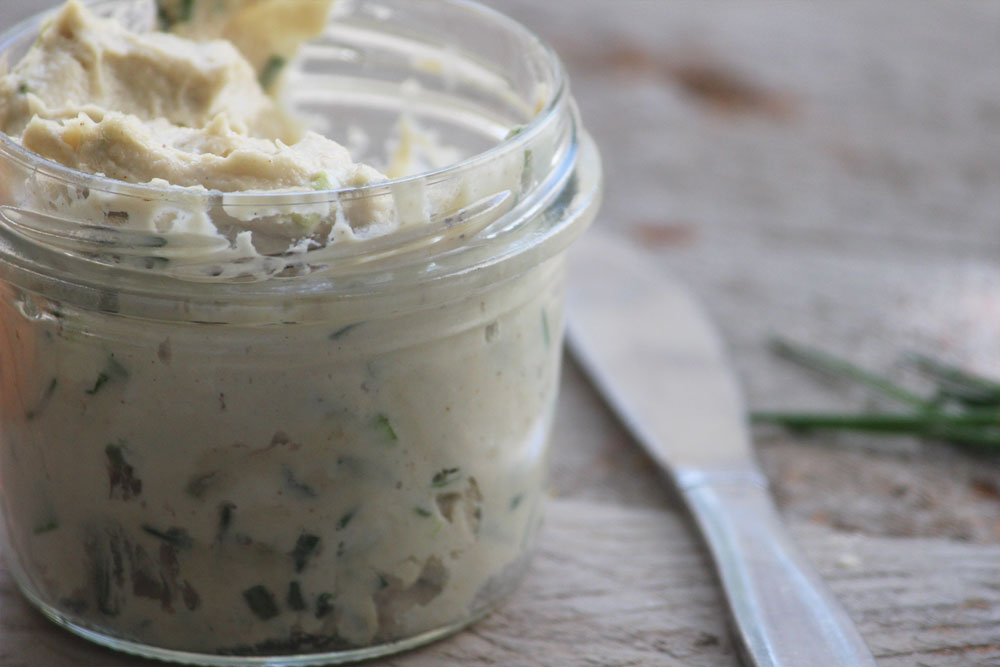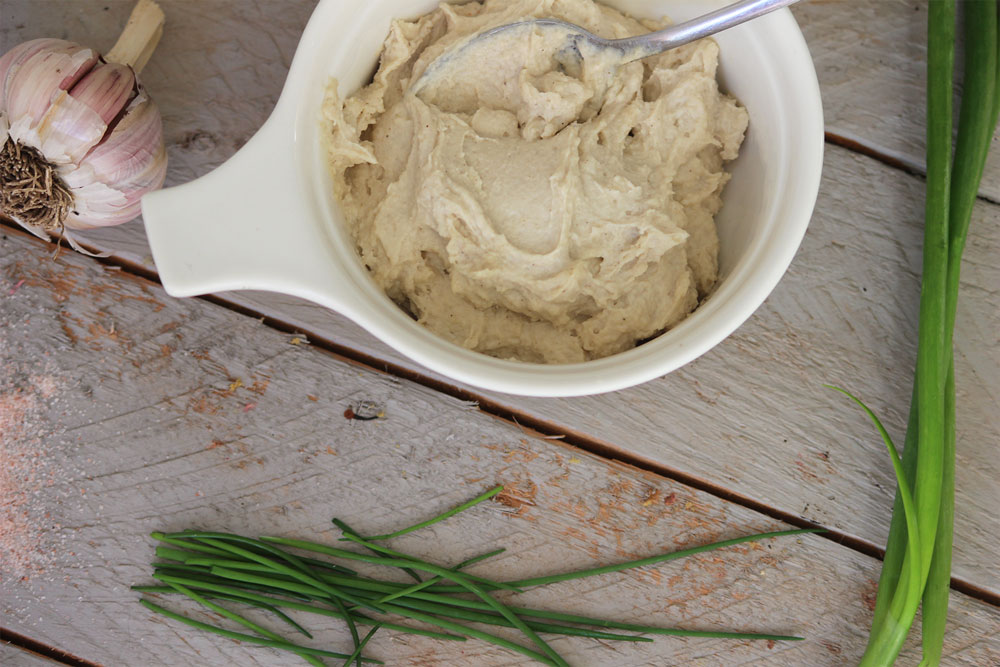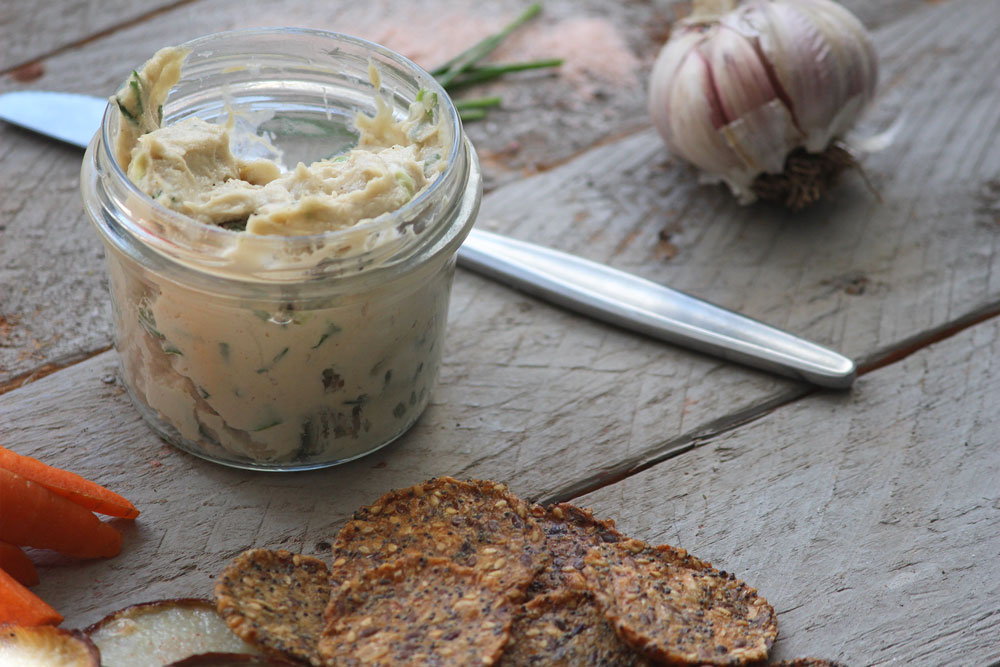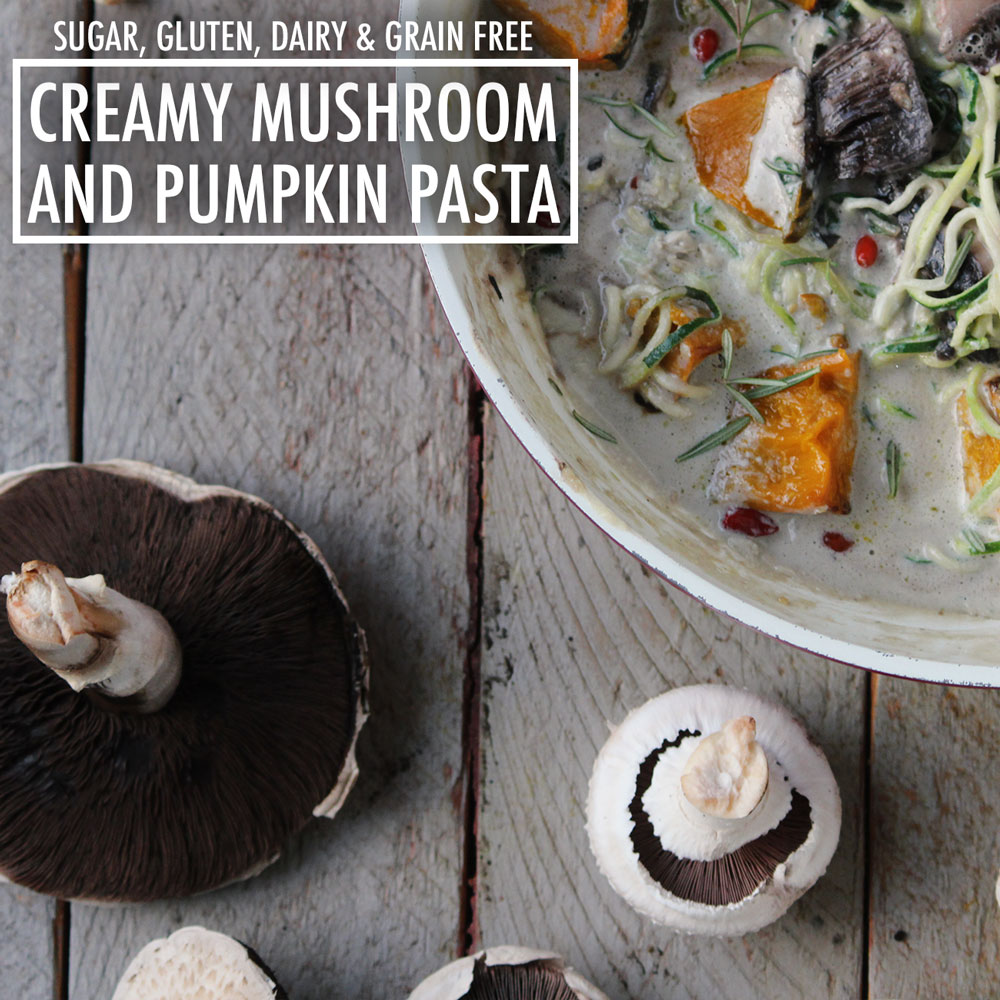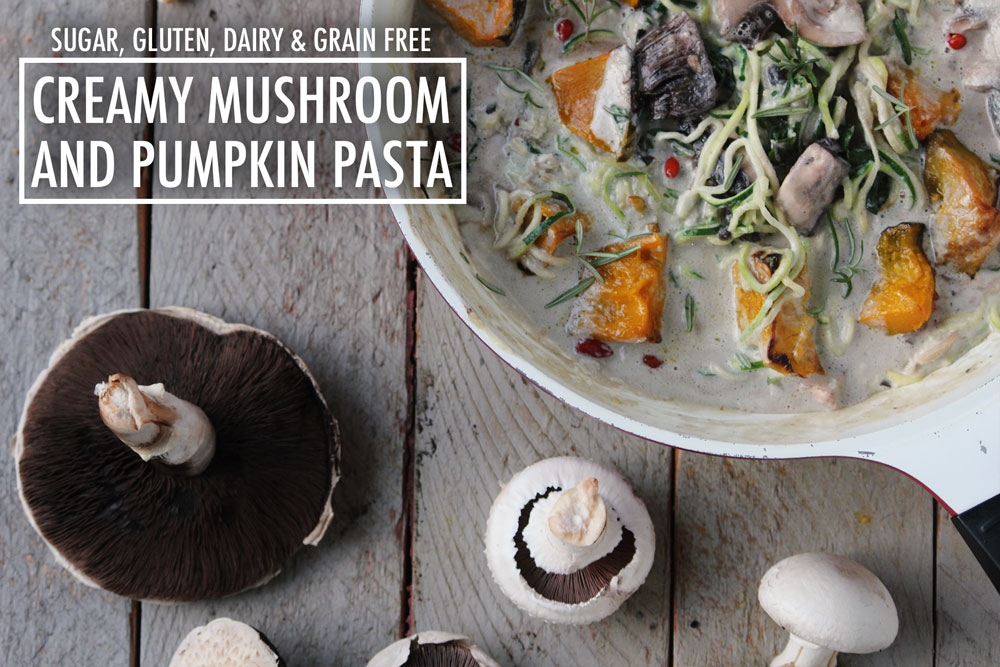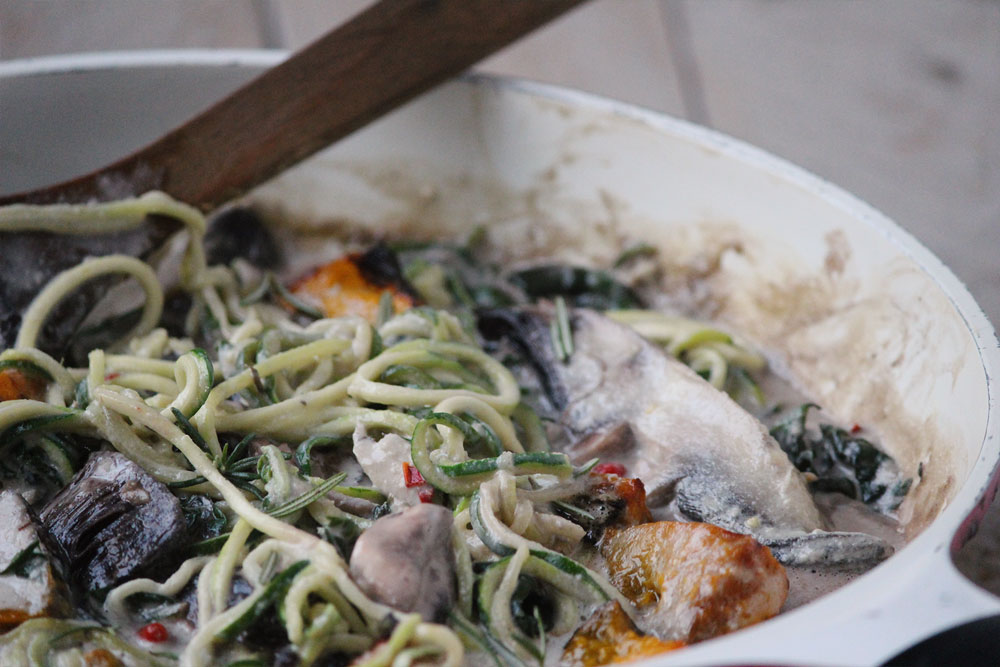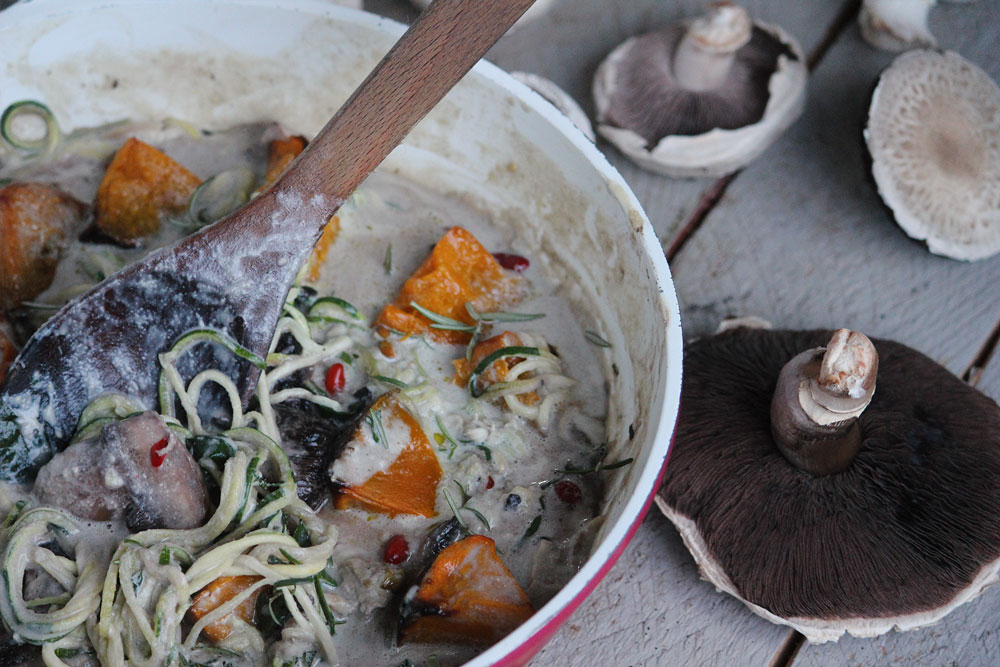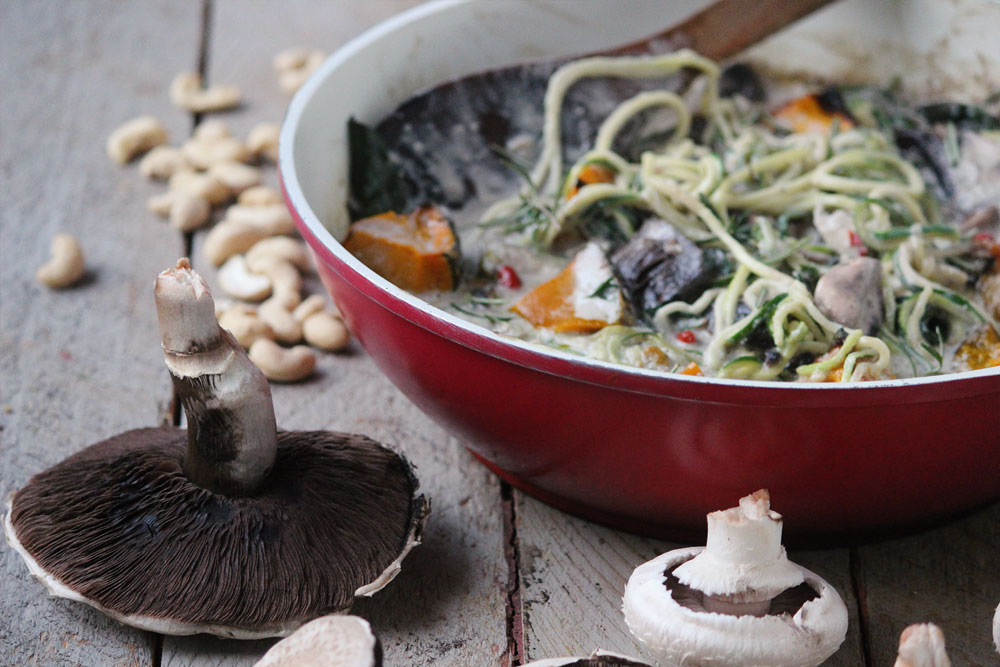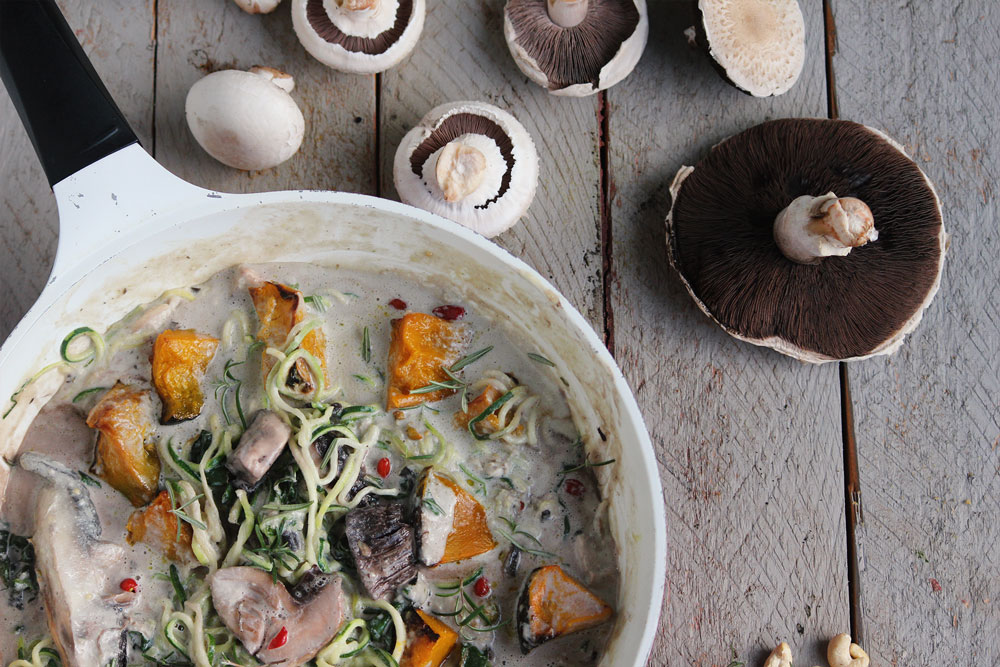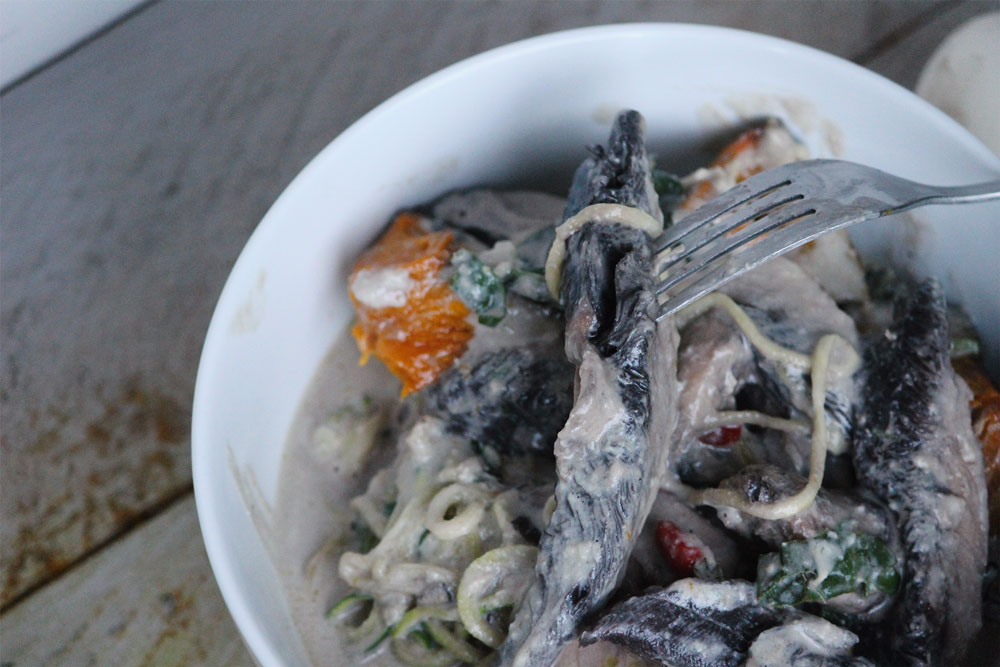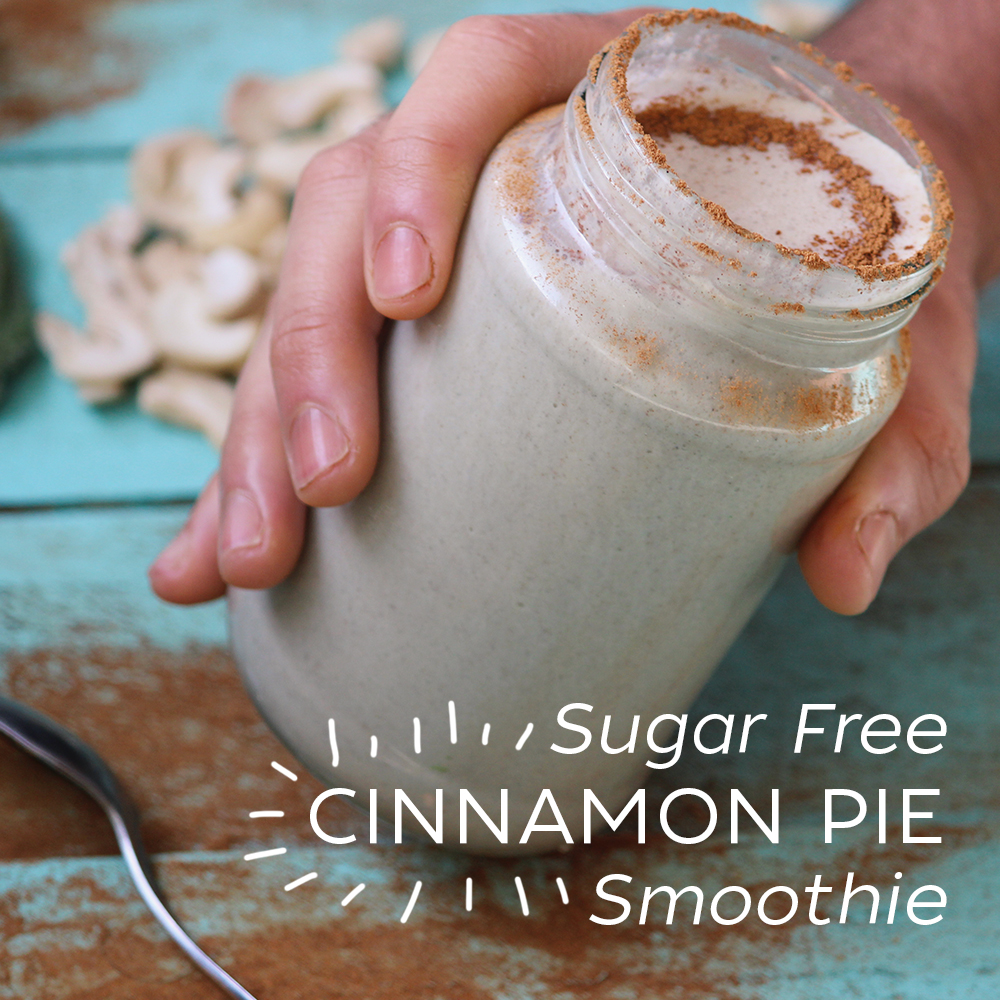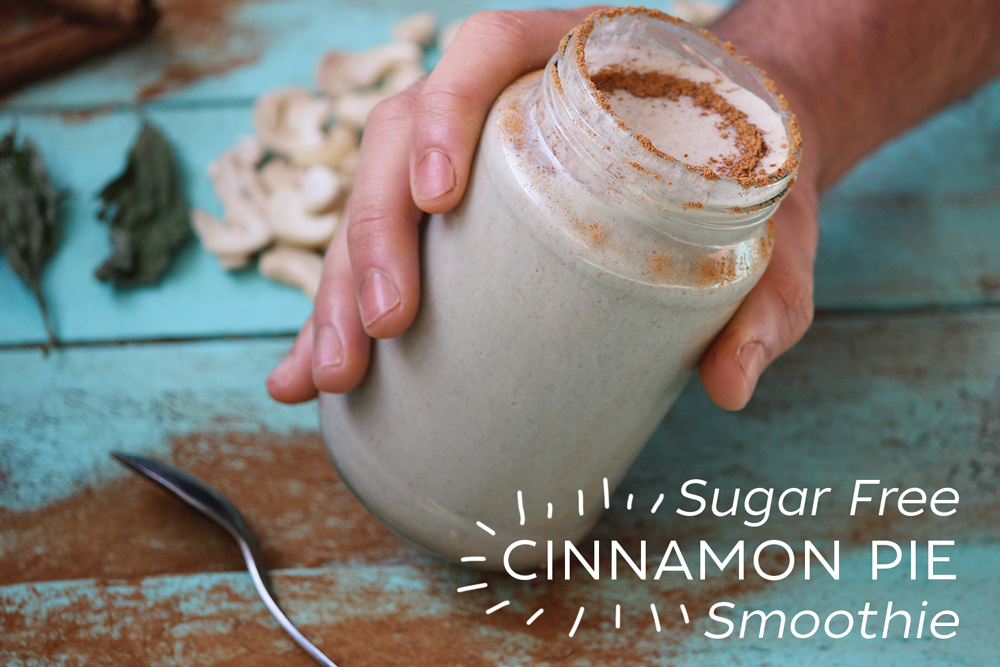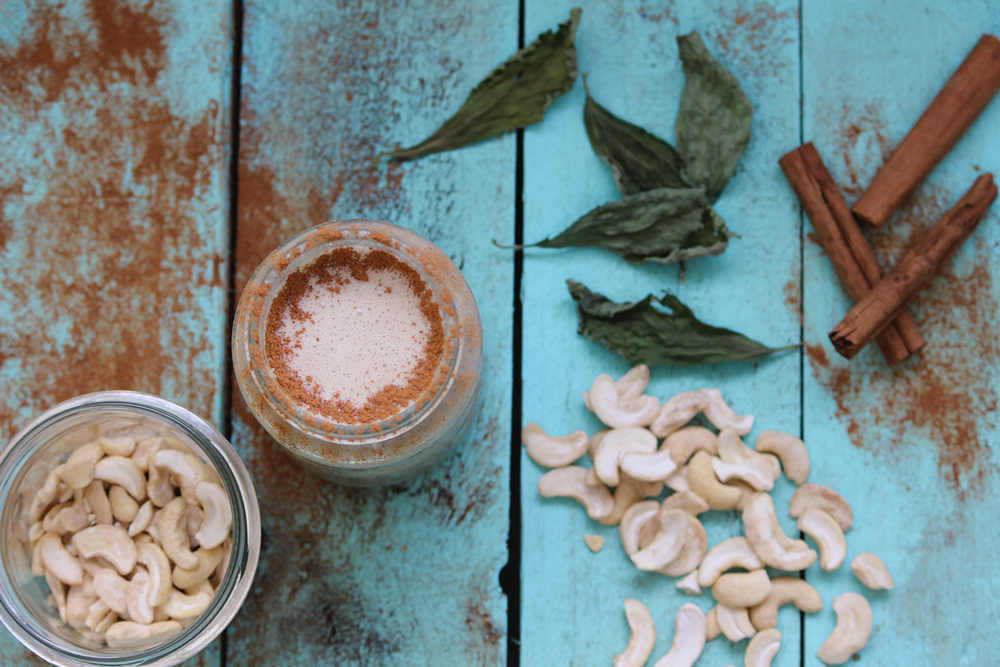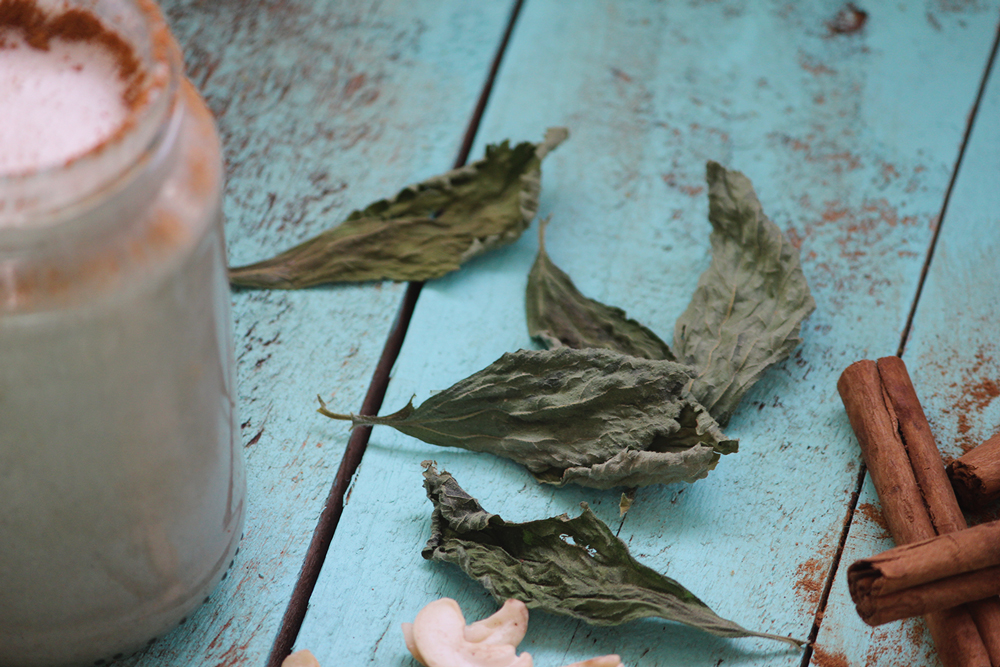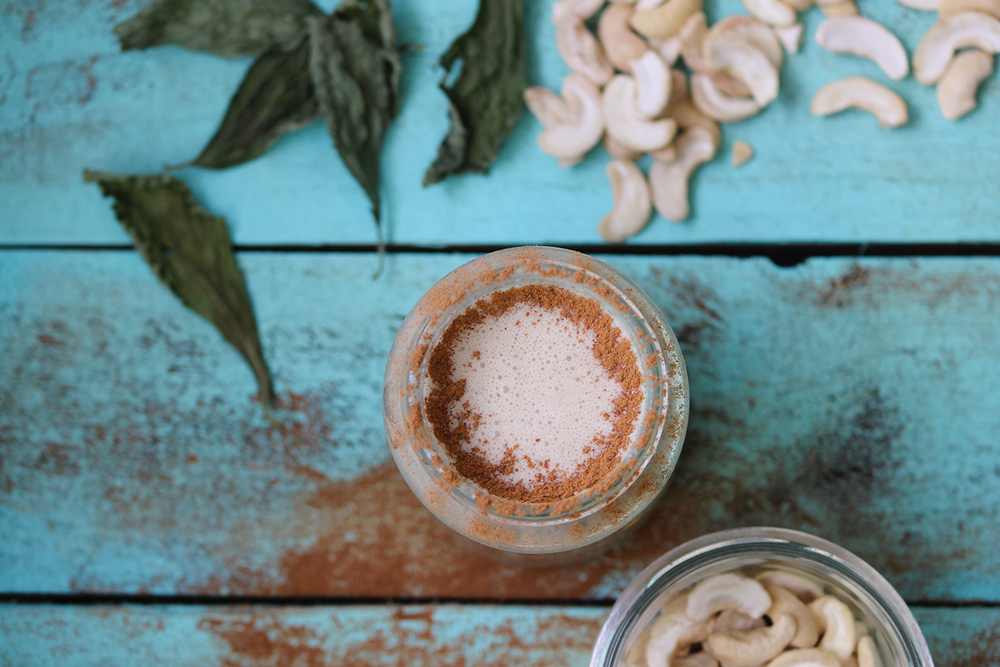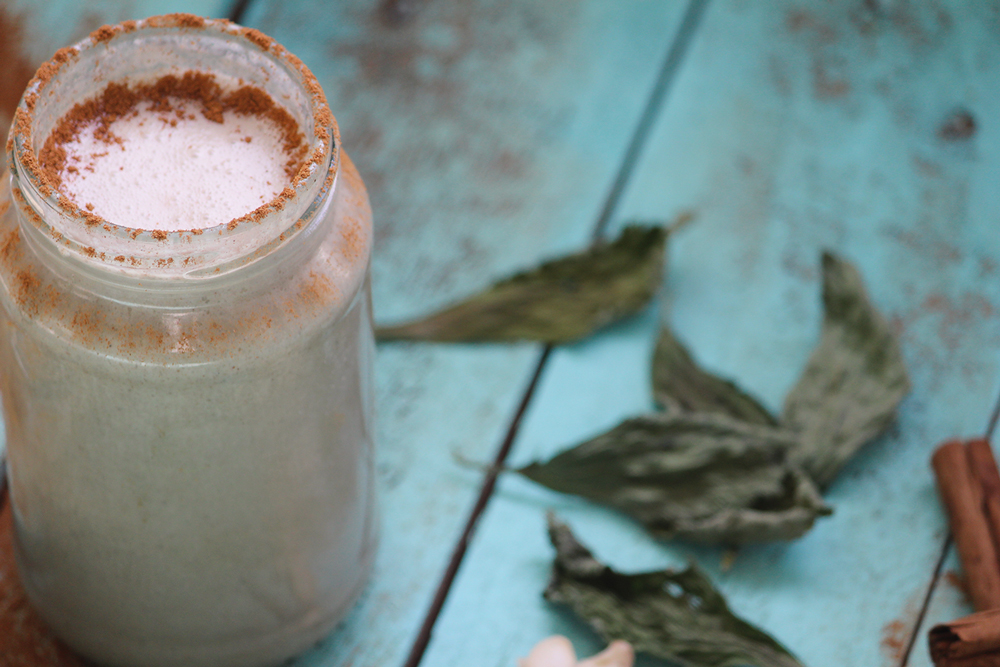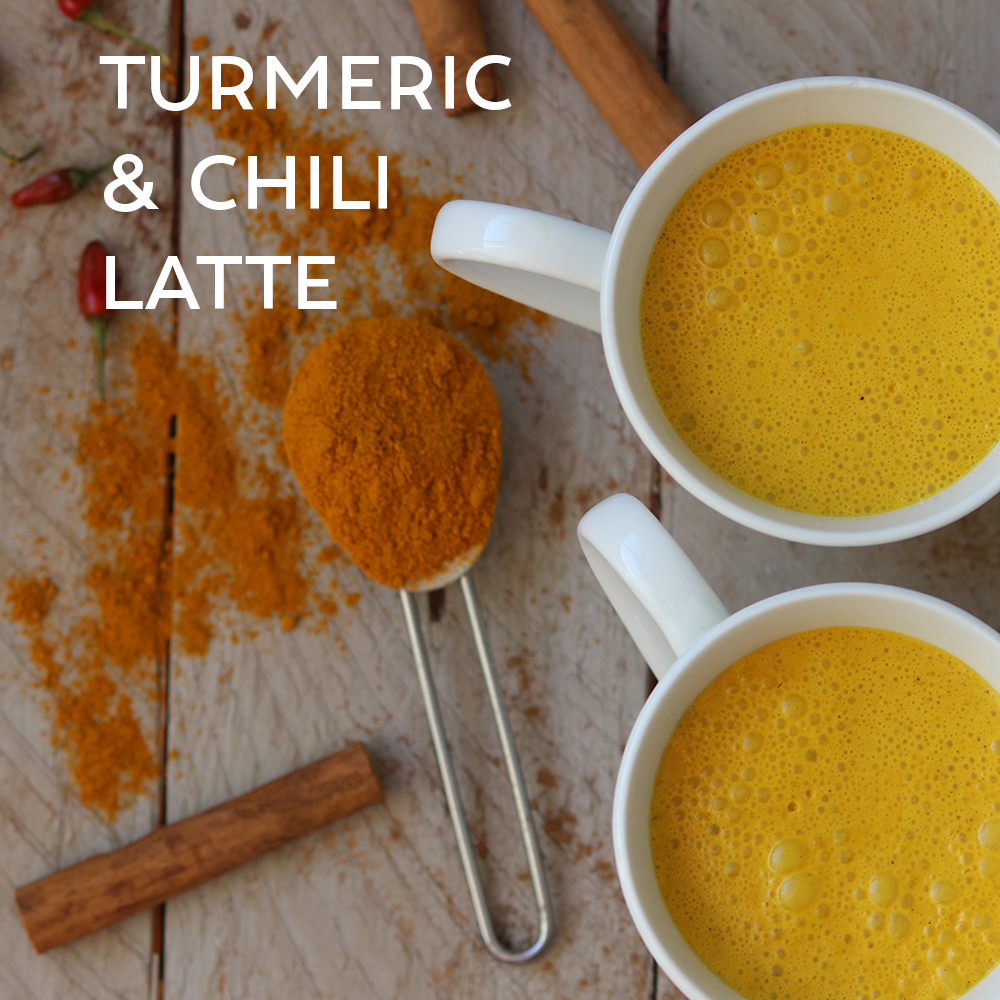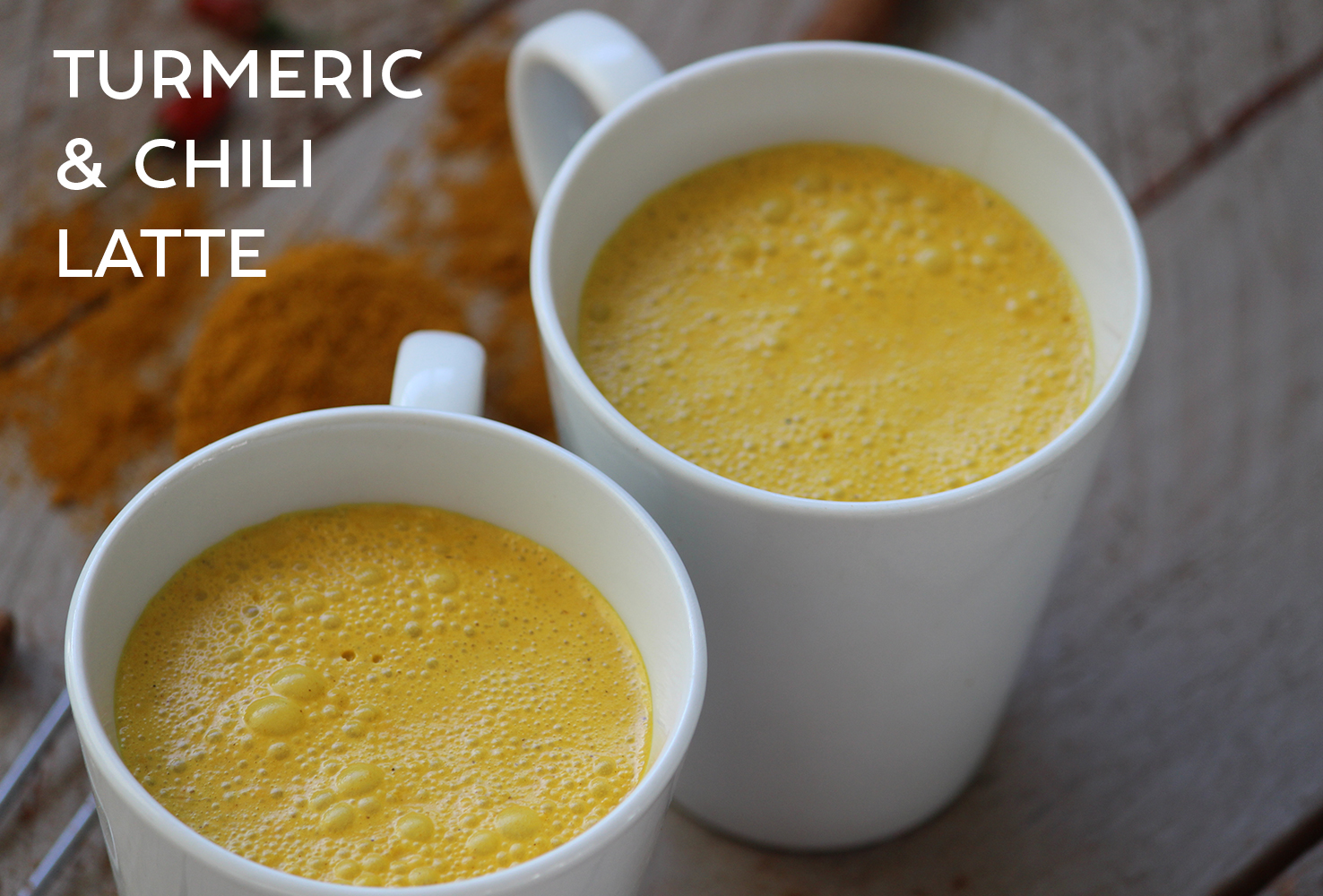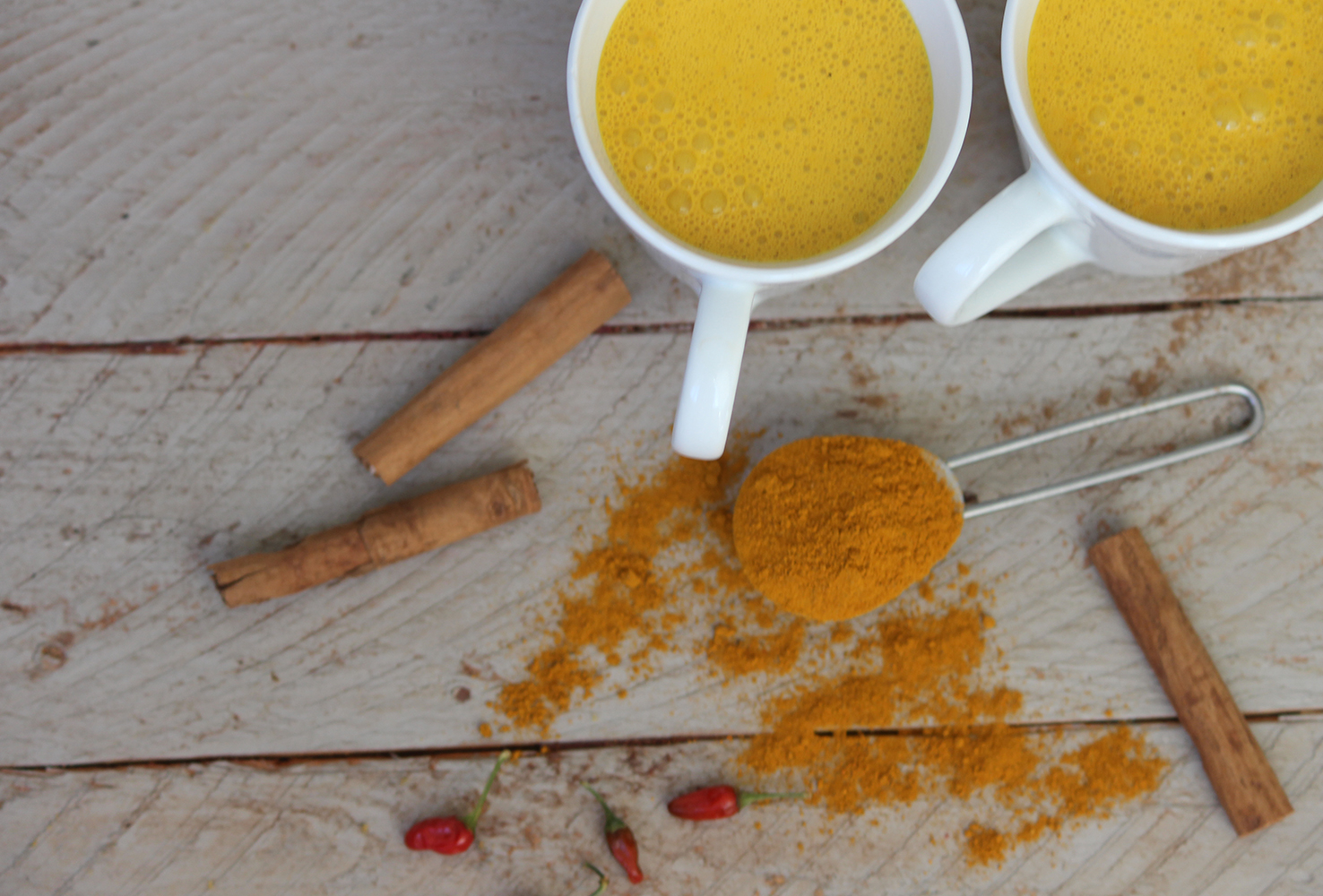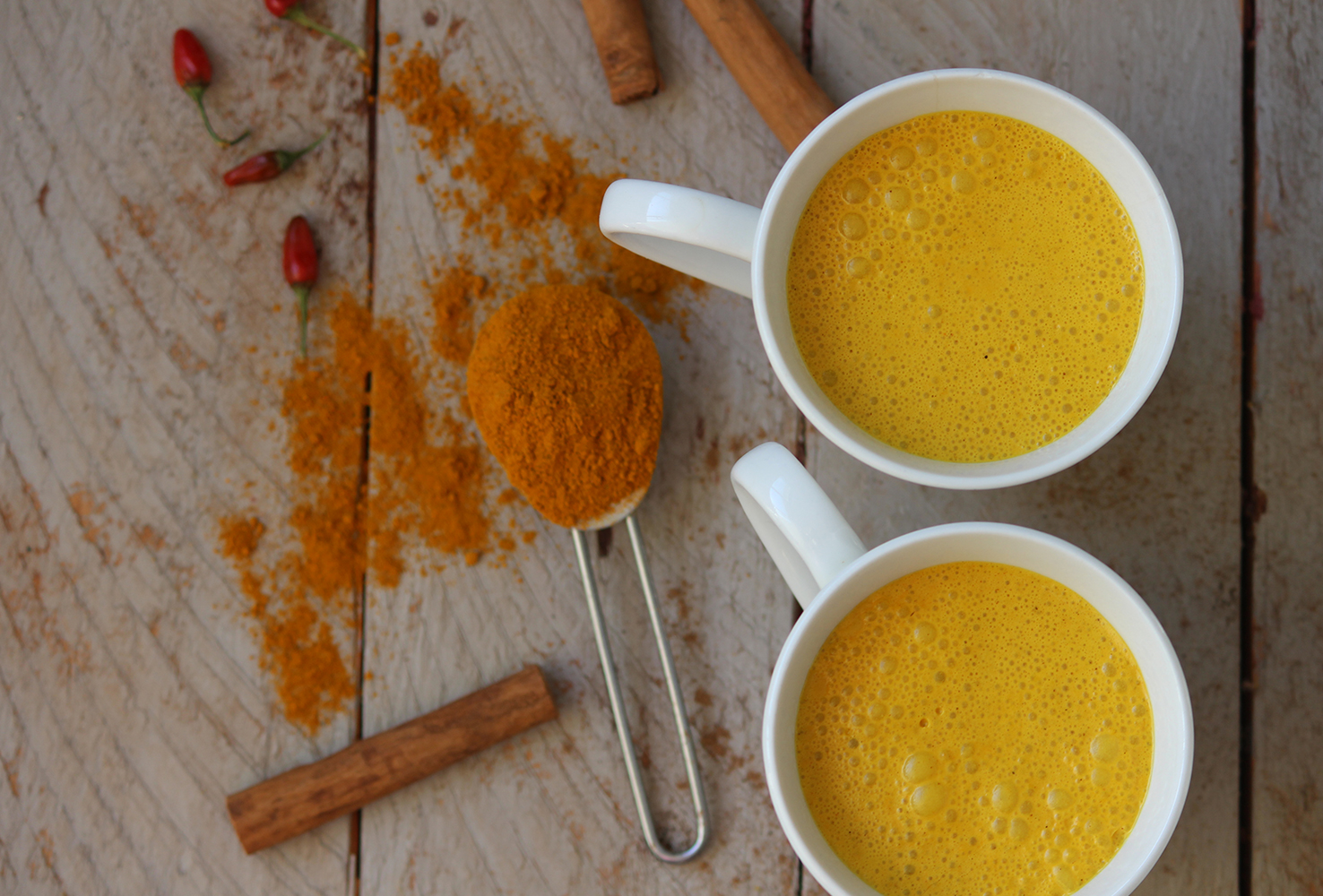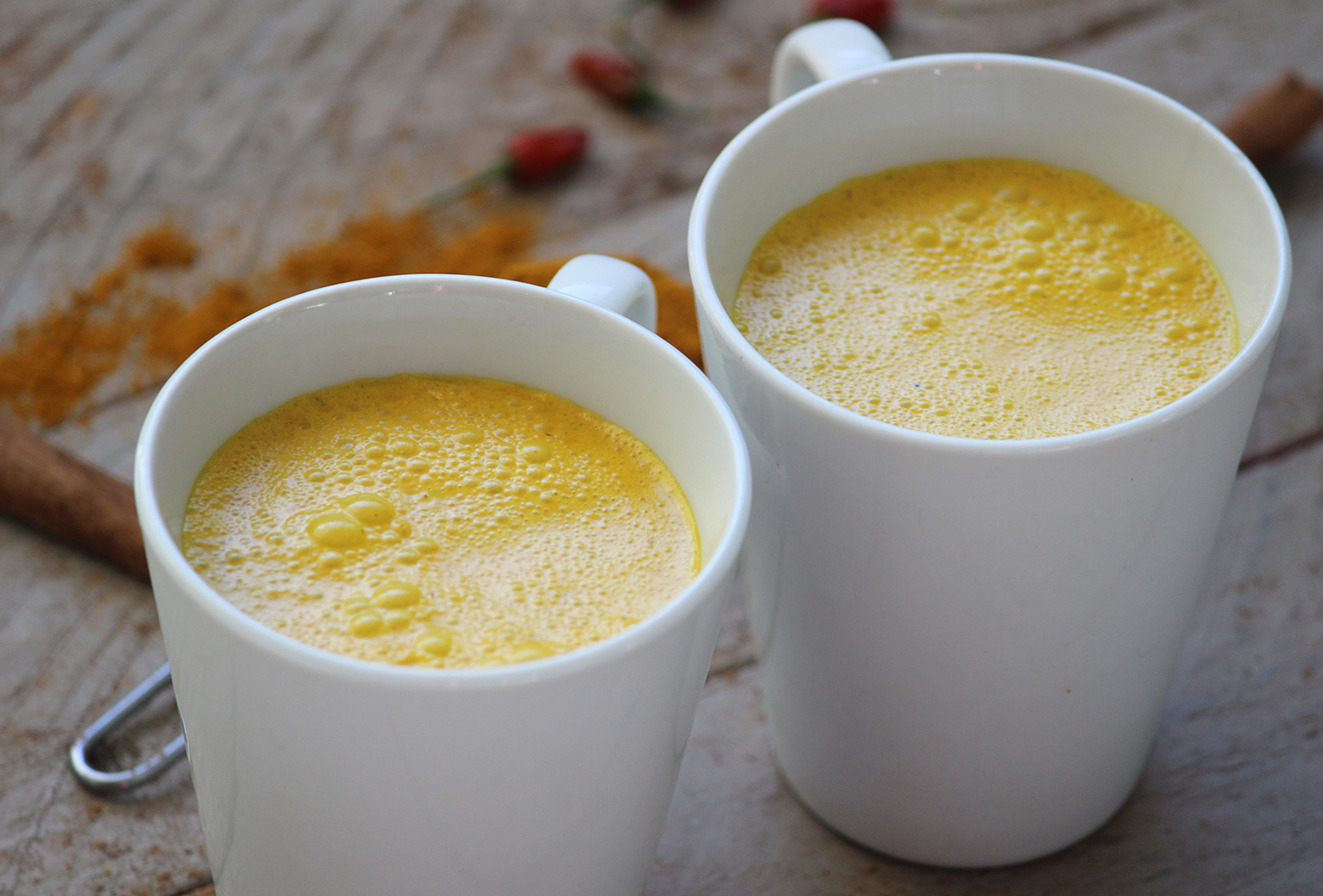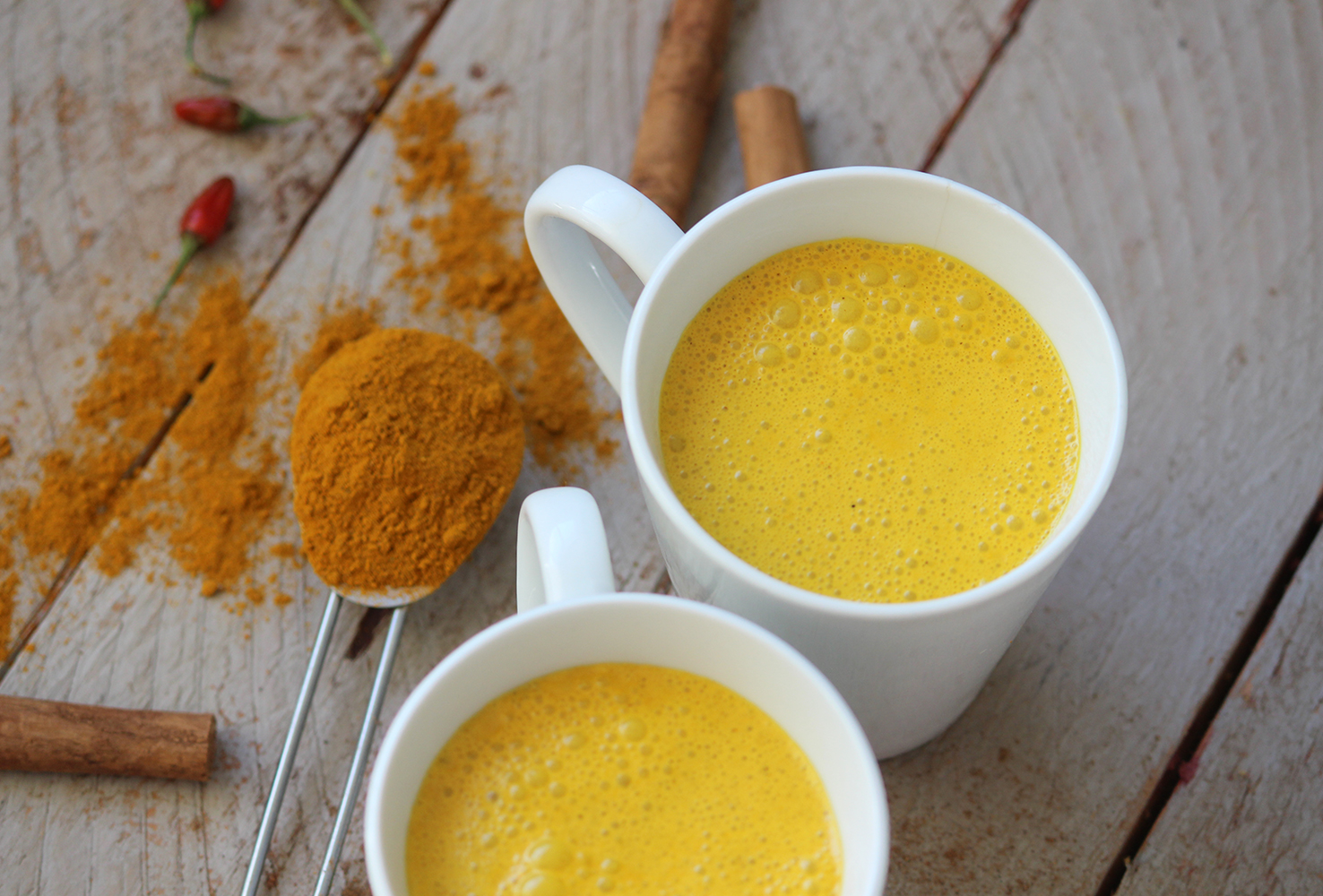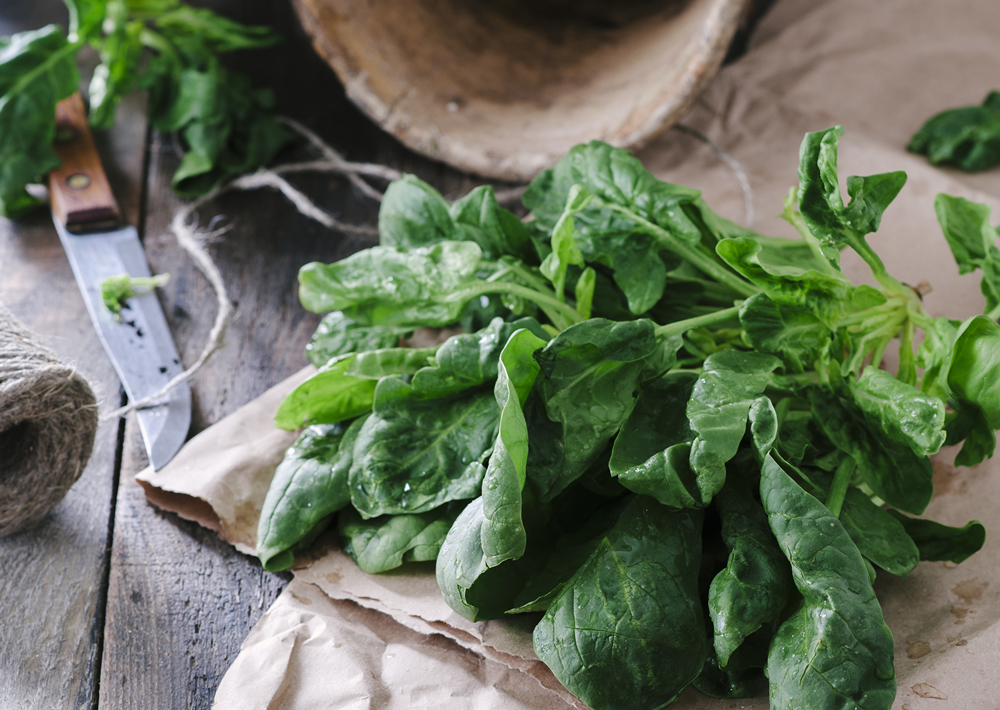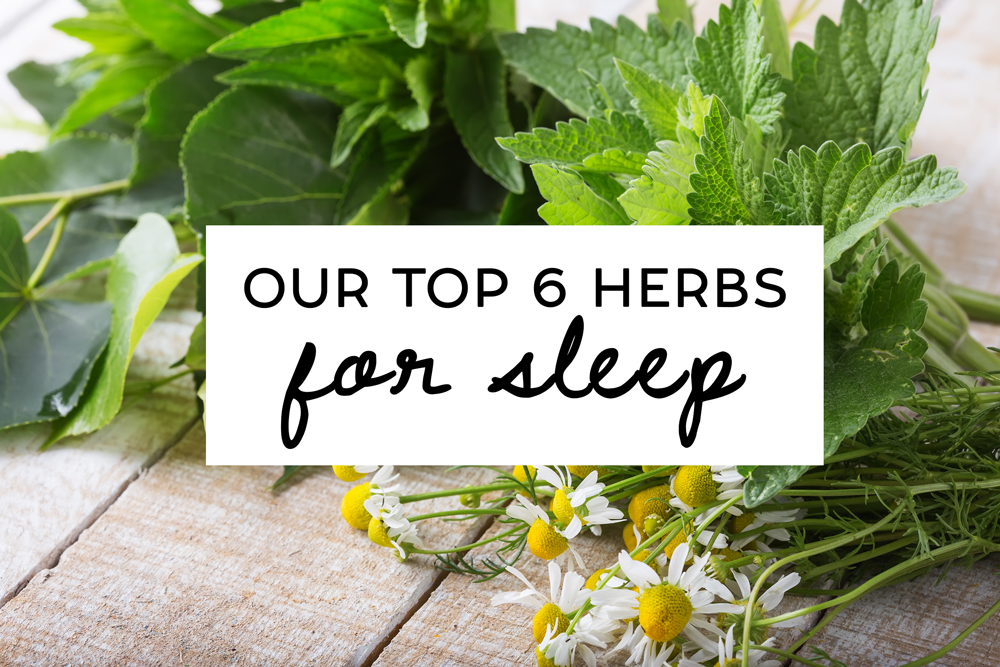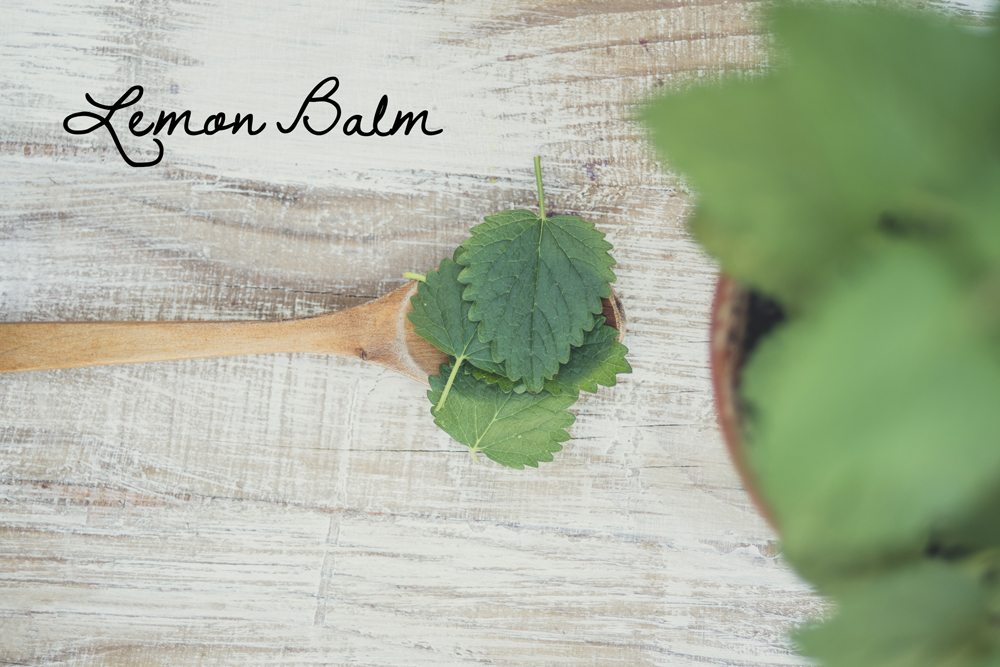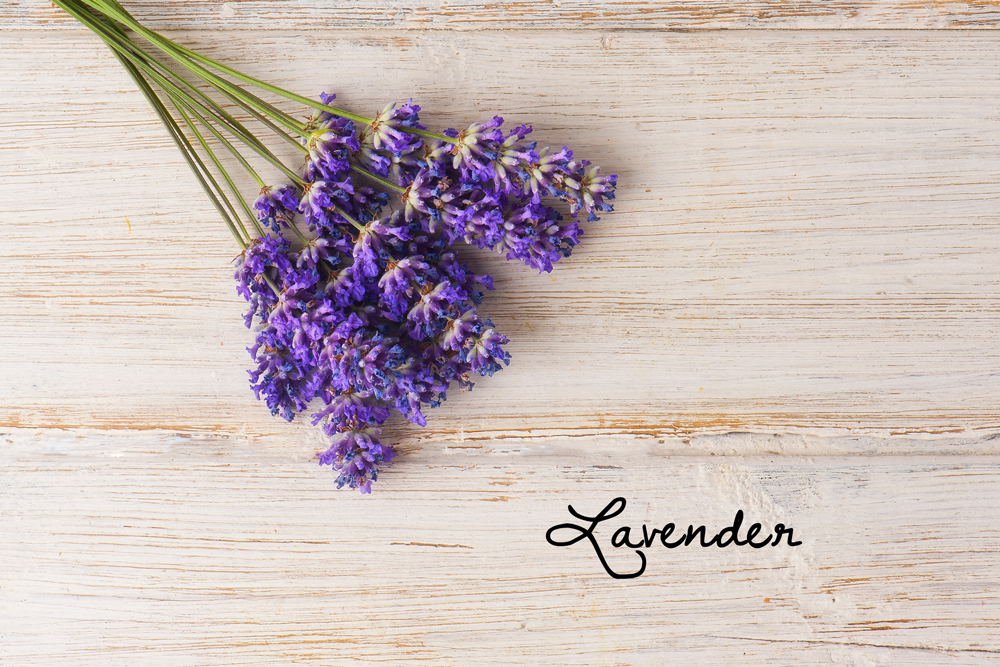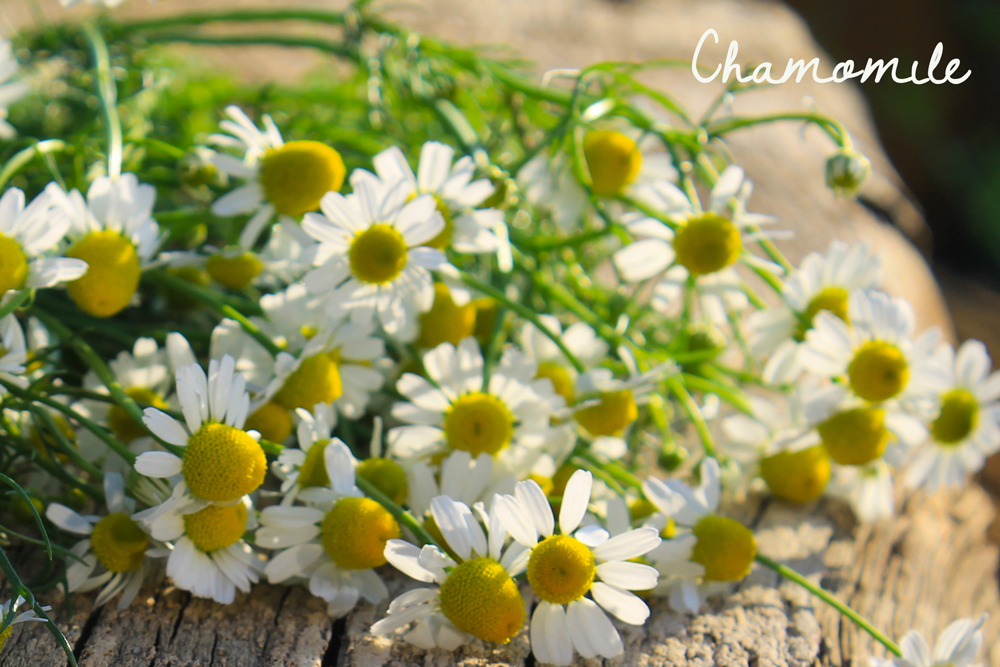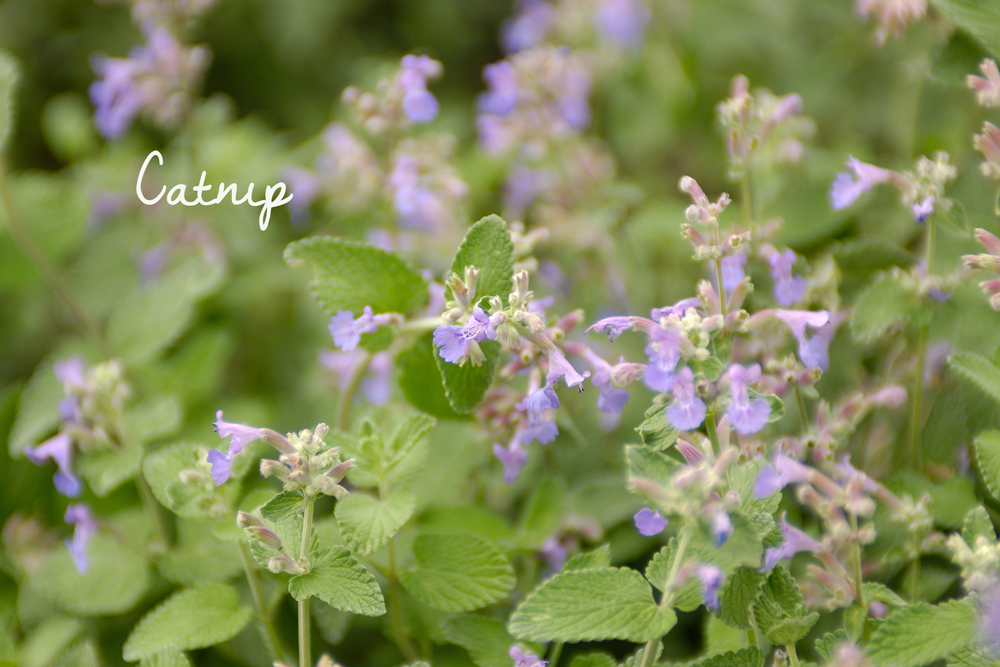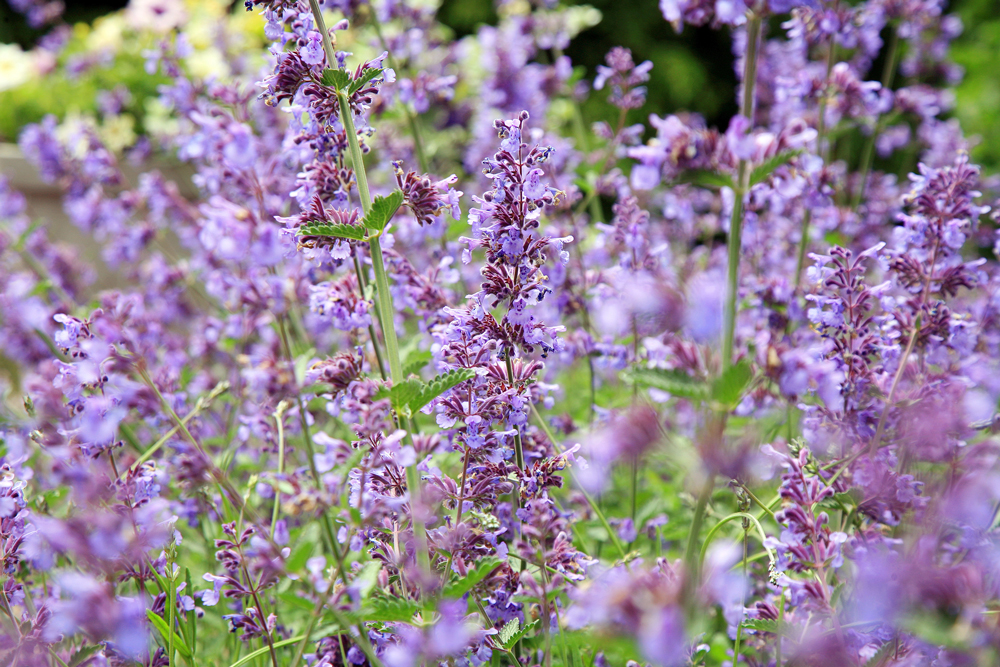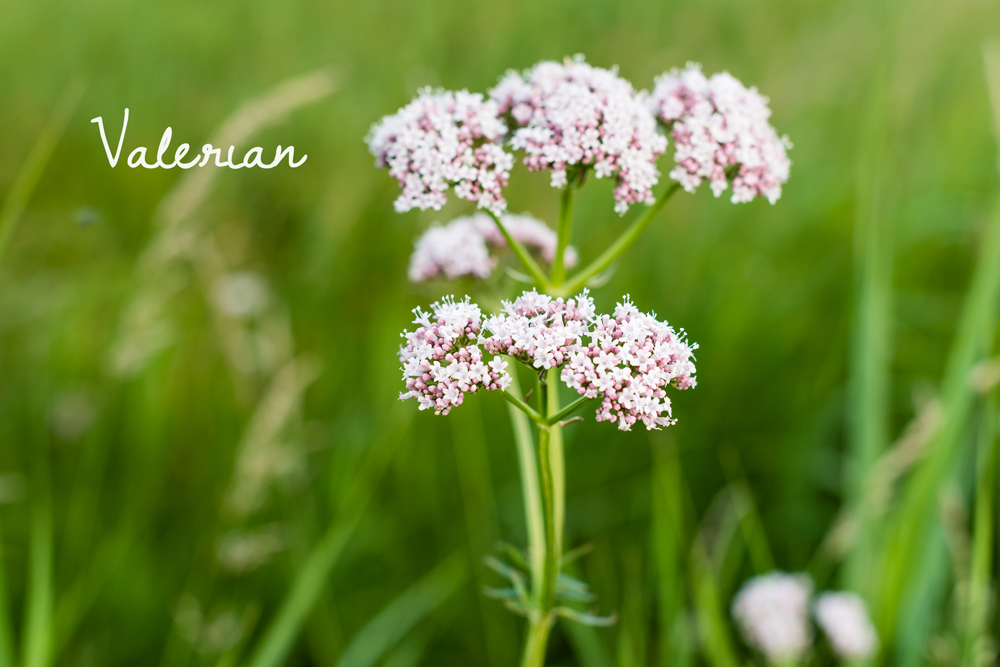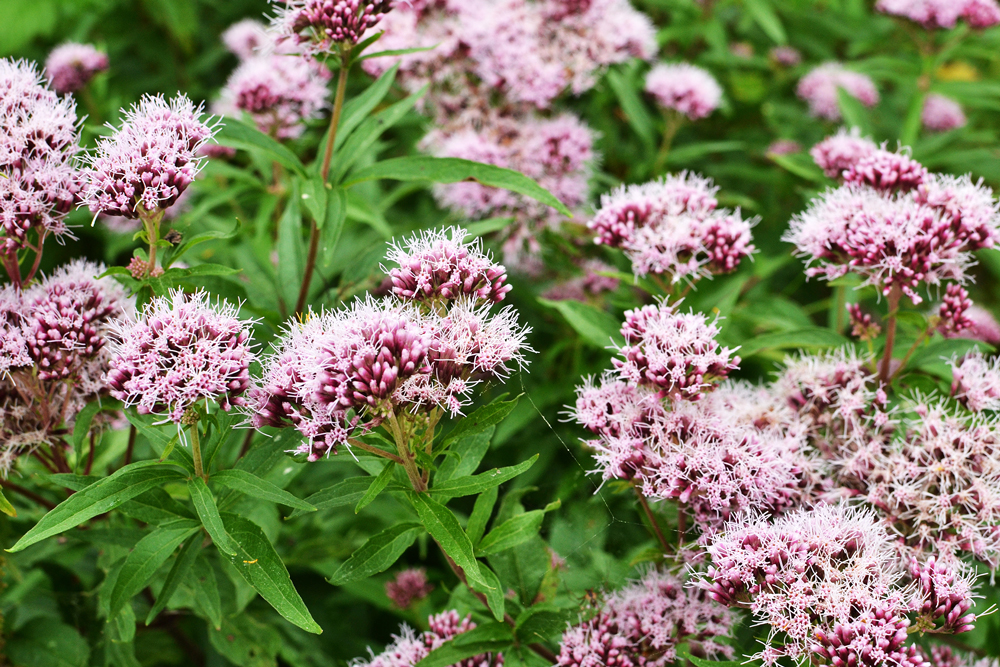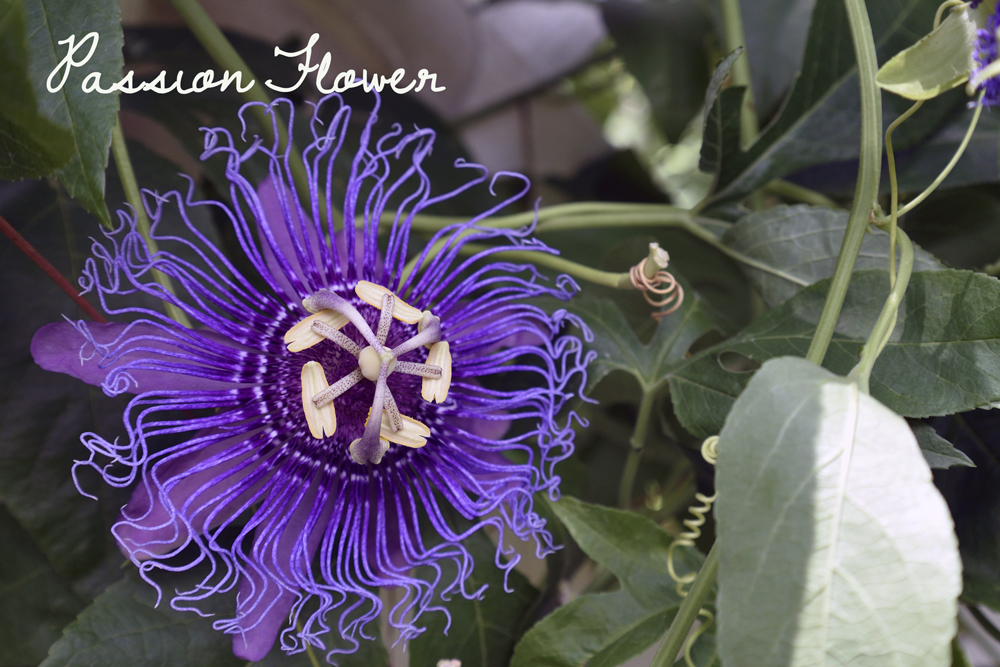Healthy & Delicious Carrot Cake Muffins
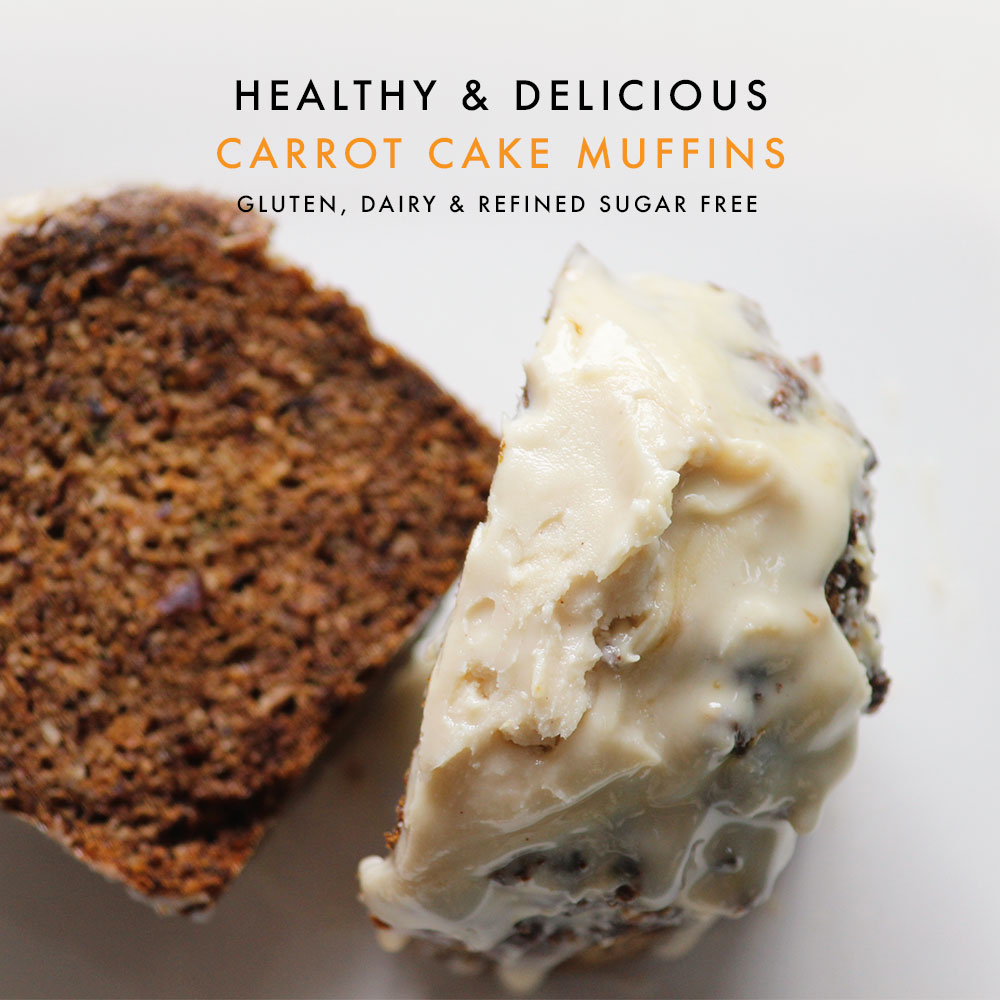
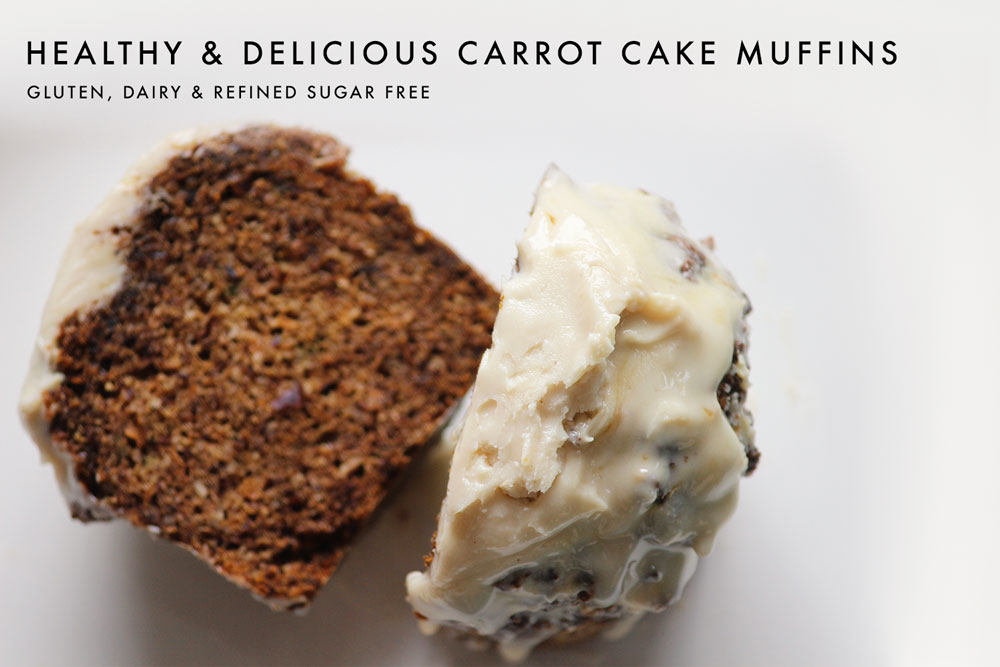
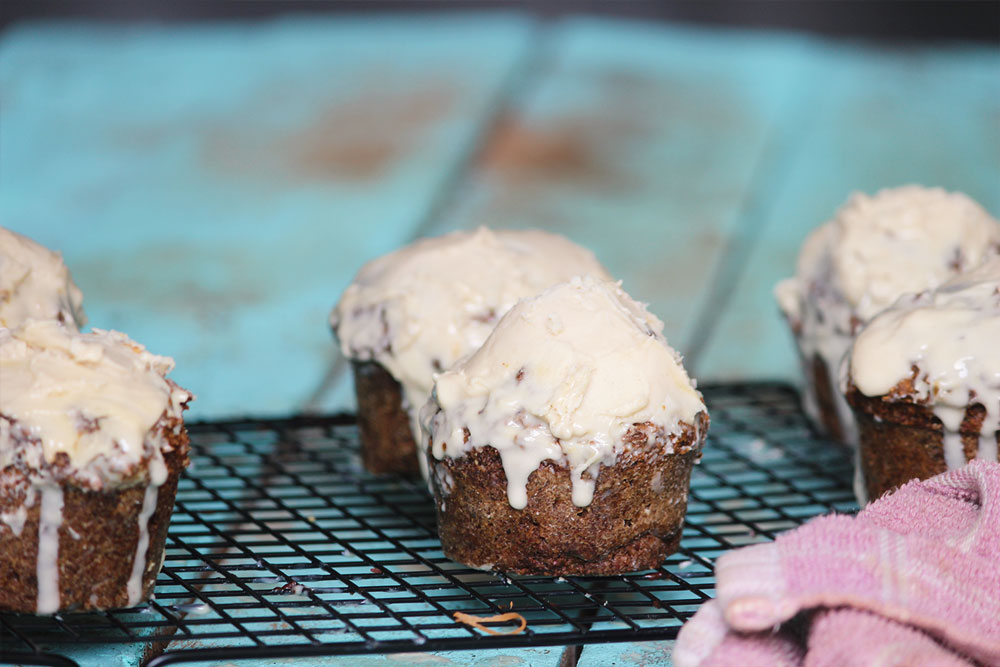
One of my favourite things to do as a kid was make moist, sweet & delicious carrot cake.
I LOVED carrot cake.
The only problem was all of the ingredients in the carrot cake came in a nice little pre packaged cake mix box – and as you may have guessed – the first (and therefore most predominant) ingredient on the ingredients list was sugar.
In fact the only non-processed ingredient listed was carrots… Want to guess how much carrot was in there?
You won’t be impressed.
Ready?
2%
Yep.
I wasn’t impressed either.
The good news is DELICIOUS & NUTRIENT DENSE carrot cake is really easy to make.
And it ONLY contains wholefoods – YAY!
Take a look at some of the killer ingredients!
Carrots: Carrots are an amazing source of vitamin A which is incredibly important for maintaining healthy eyesight. They’re also packed with antioxidants called carotenoids, which help to strengthen the immune system & reduce inflammation.
Cinnamon: Cinnamon contains antioxidants called polyphenols, & in fact is one of the most concentrated sources of antioxidants of all foods. It’s also a great source of manganese, an important but overlooked mineral that helps gut health & bone strength.
Psyllium husk: Psyllium husk is a great source of fibre & makes an incredible fibre supplement. It helps with both constipation & diarrhoea & can also help heart health & blood pressure.
Coconut butter: Coconut butter is an awesome source of healthy fats that not only help you to feel satiated, but unlike other types of fats are burned quickly for energy rather than being stored for later.
Pretty sweet right?
Now although I usually make a ‘cake’ version of my carrot cake – I wanted to share with you a muffin version instead.
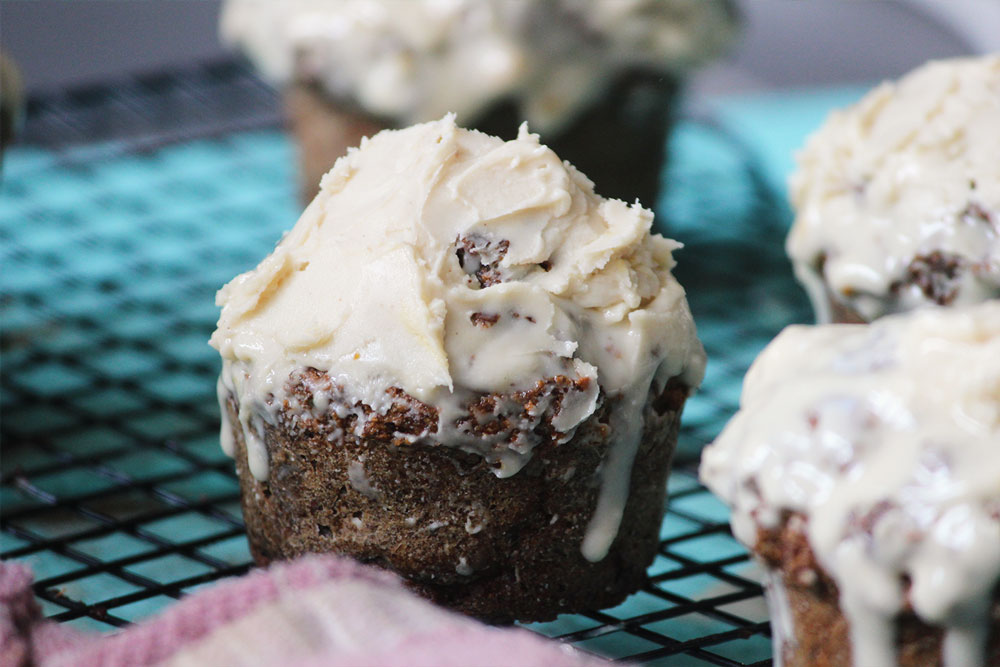
The recipe is EXACTLY the same, but muffins are just so easy to take on the road with you & it’s nice to mix things up every once & a while!
These muffins have a GORGEOUS texture – which if you’re familiar with GF baking – isn’t always the easiest thing to achieve, they’re moist & have a beautiful spiced flavour which I think you’ll love!
They also have great height which is of course always what you want right? You can thank the egg whites for that.
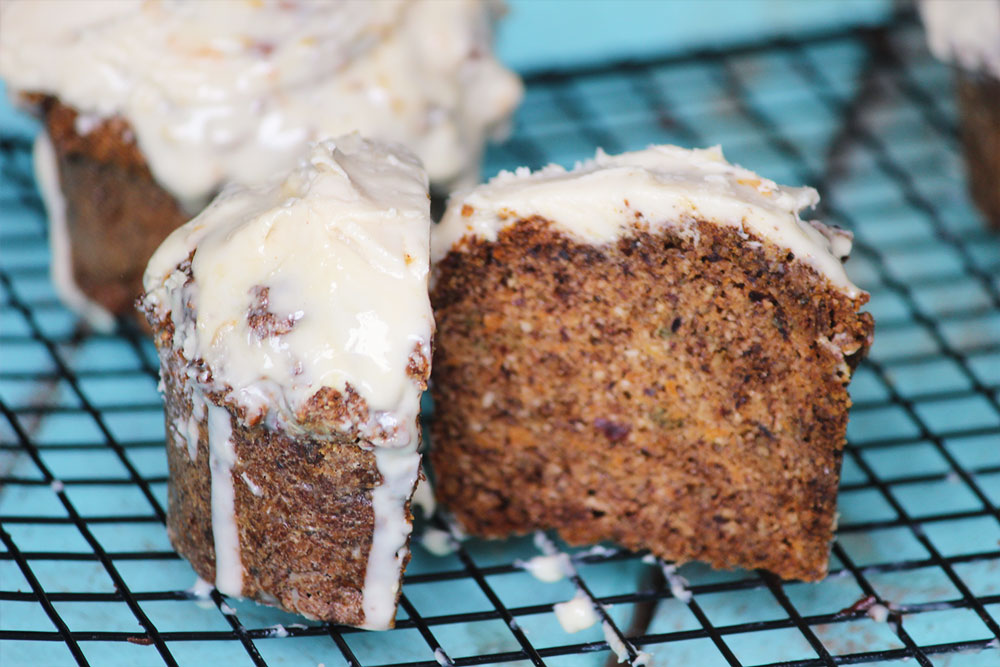
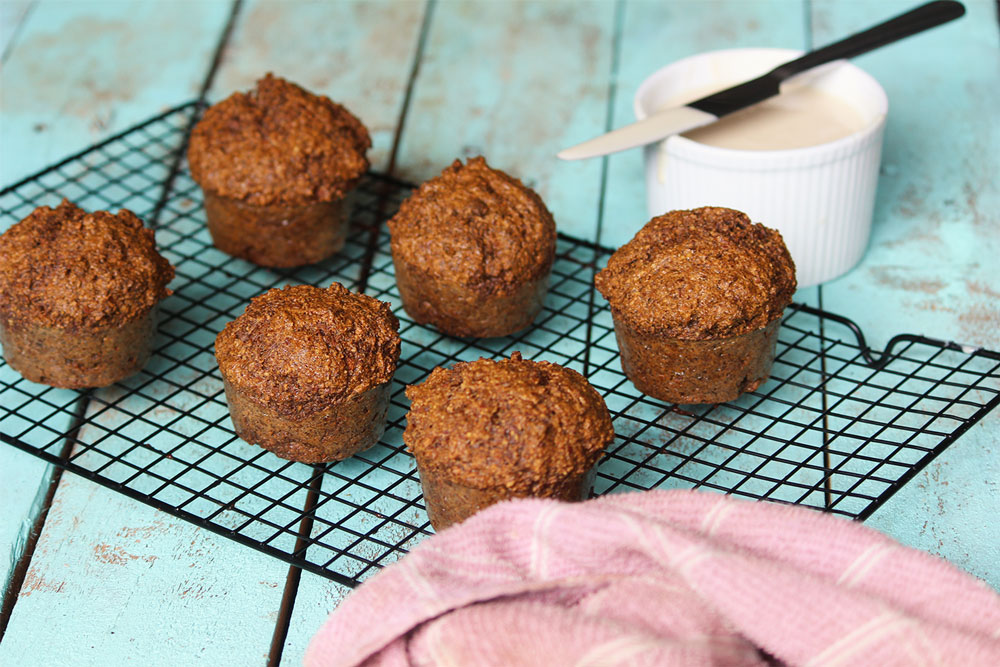
Oh… and my absolute favourite bit… the thing that ties it all together… THE FROSTING!
Personally – I think this frosting is SO MUCH BETTER than a traditional cream cheese frosting.
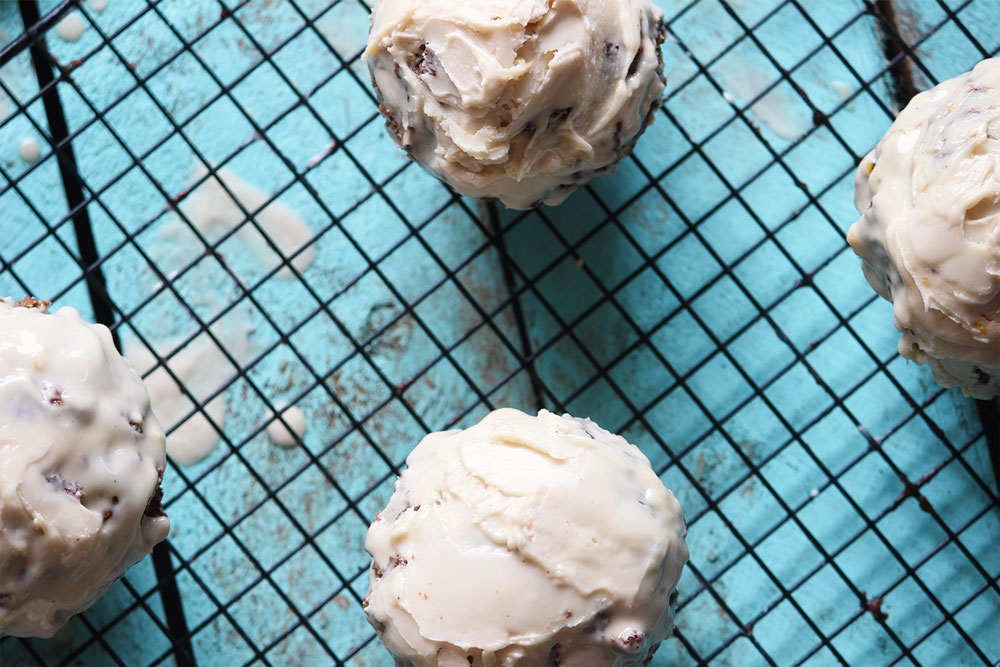
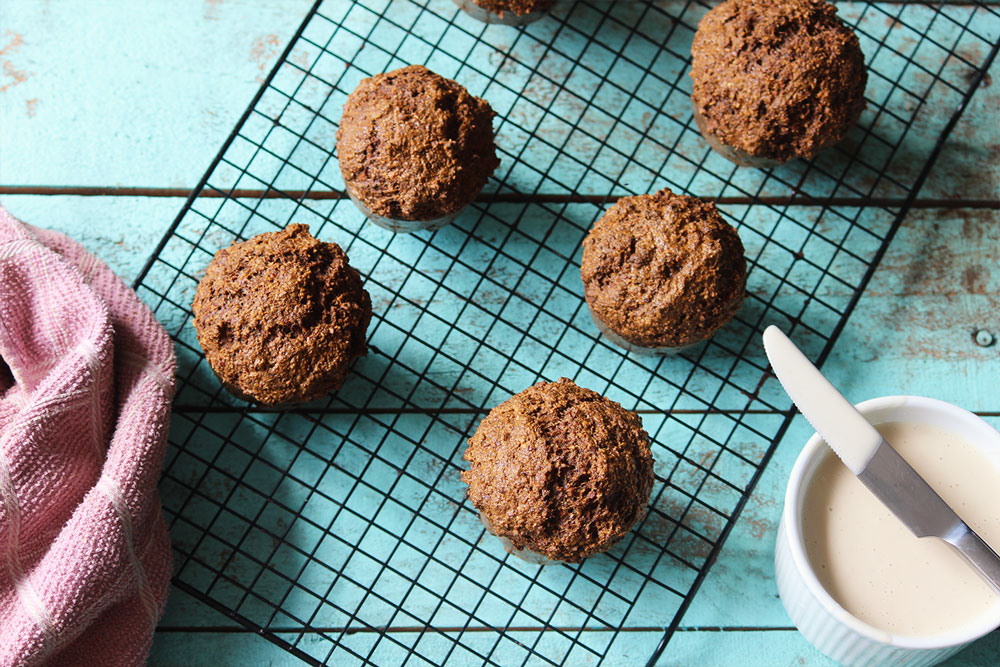
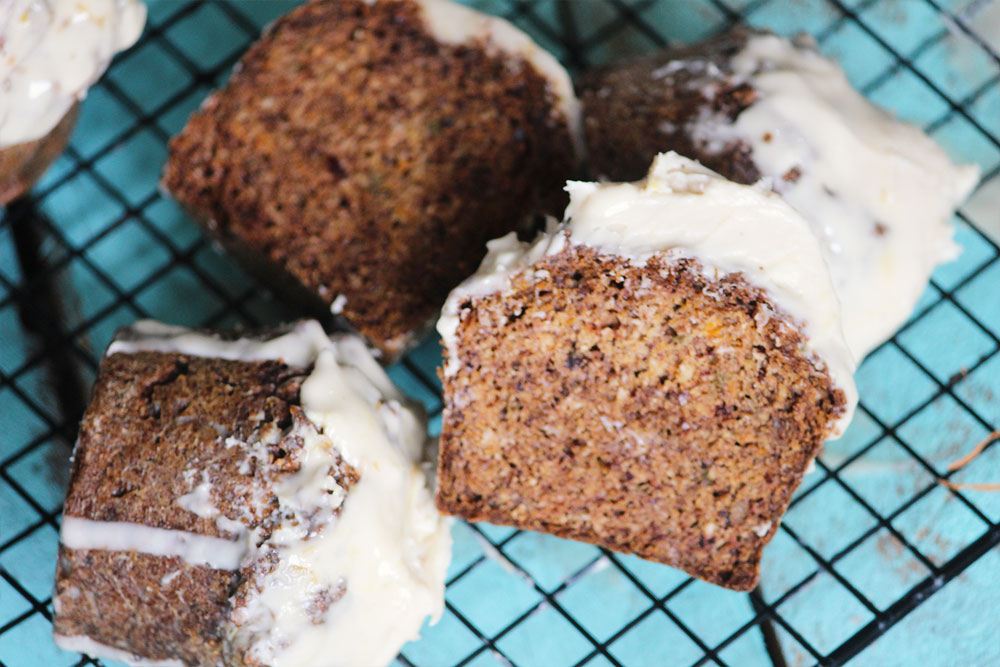
It’s incredibly delicious and makes your muffins taste INCREDIBLE.
Okay…. Let’s get to the recipe!
HEALTHY & DELICIOUS CARROT CAKE MUFFINS
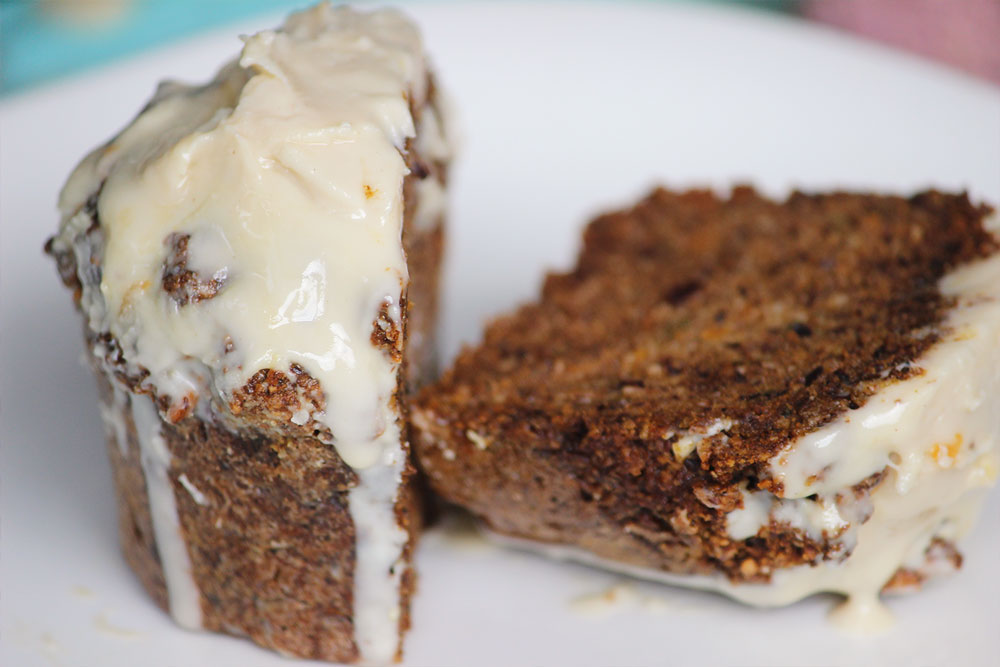
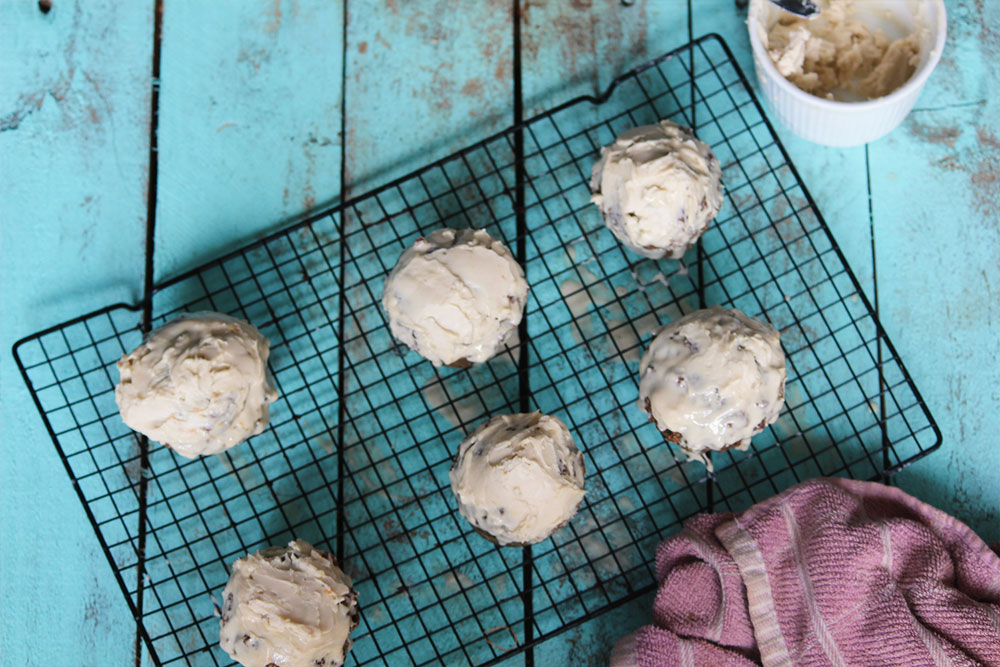
Ingredients
– Wet Ingredients –
1 1/2 cups grated carrot (about 2 large carrots)
1/3 cup ABC butter
1/4 cup coconut oil
4 eggs, seperated
1 tbsp. apple cider vinegar
1-2 tbsp. Manuka Honey
– Dry Ingredients –
1 1/2 cups almond meal
1/4 cup psyllium husk
3 tsp. cinnamon
1 tsp. cloves
1 tsp. nutmeg
2 tsp. bicarb soda
– Frosting –
200g coconut butter
1/2 cup cashews
Method
Preheat oven 175C.
Put all dry ingredients into a big bowl & mix well to combine.
Place all wet ingredients EXCEPT EGG WHITES (so your egg yokes, carrot, ABC butter, coconut oil, apple cider vinegar & honey) in a food processor & process until smooth.
Place egg whites in an electric mixer with a whisk attachment & whisk until firm peaks appear. You should be able to place the bowl upside down without the egg whites moving! (If you don’t have an electric mixer you can do it by hand – it will just take longer)
Once the egg whites turn into firm peaks, quickly mix the wet ingredients with the dry ingredients & combine well. (Once the wet & dry ingredients combine you want to get your muffins into the oven ASAP as the apple cider vinegar will react with the bicarb soda. The longer you take the flatter & less fluffy your muffins will be)
Once wet & dry ingredients have been combined, gently fold your egg whites through the mixture. The reason you want to do this “gently” is because you DON’T want to beat out the air in your egg whites – this is what will give your muffins a nice height.
Evenly spoon out batter into a silicon muffin tray & bake for 35-40 minutes, or until a skewer comes out clean.
Once your muffins are done, leave to cool on a baking rack & get your frosting ready.
Place coconut butter and cashews in a high speed blender and blend until smooth and creamy.
Place frosting in the freezer for a few minutes until it thickens up a little.
Now coat the top of your muffins with frosting using a butter knife.
Once muffins have been frosted, grab yourself a nice cup of herbal tea, sit down & enjoy your muffin!

